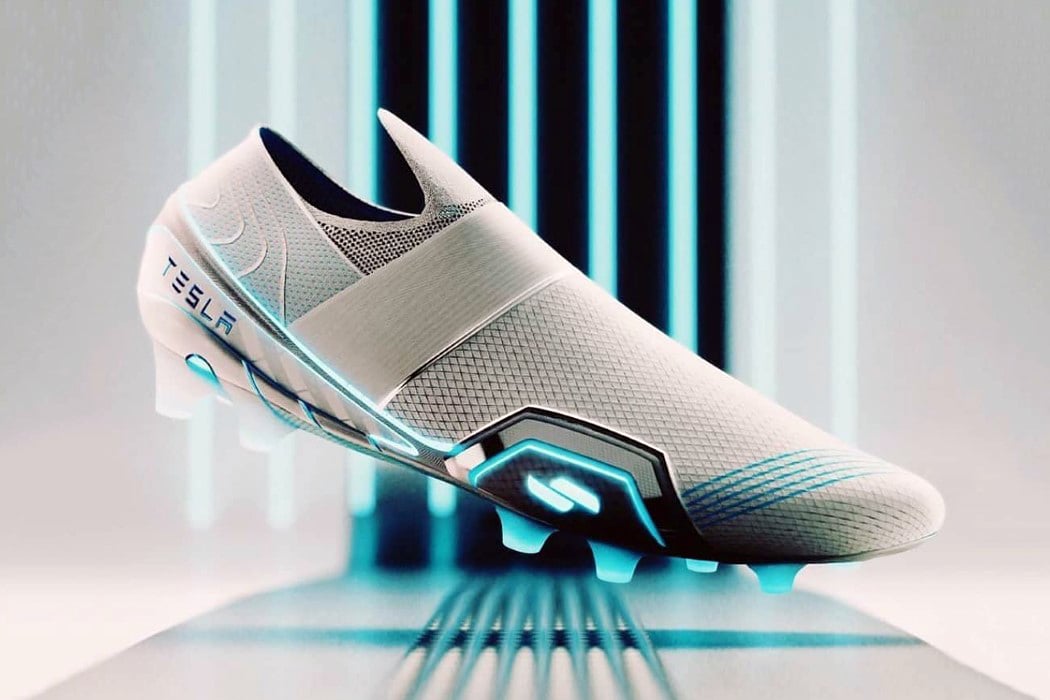
Shoes started off as functional designs meant to protect our feet, however with time they’ve now turned into style statements, a representation of our personality and our personal fashion sense. After all, don’t they say that you can tell a lot about a man by the state of his shoes? Personally, I love a good pair of sturdy and stylish sneakers, ones that can get me through the day without giving me any shoe bites, and also match my outfits! However, I do know that this isn’t the case with everybody. People have high demands and expectations when it comes to their footwear, hence designers are unleashing all of their creative juices, leaving no stones unturned in making unique, innovative, and ergonomic shoes! These footwear designs are as futuristic, inventive, and fashionable as they can get!
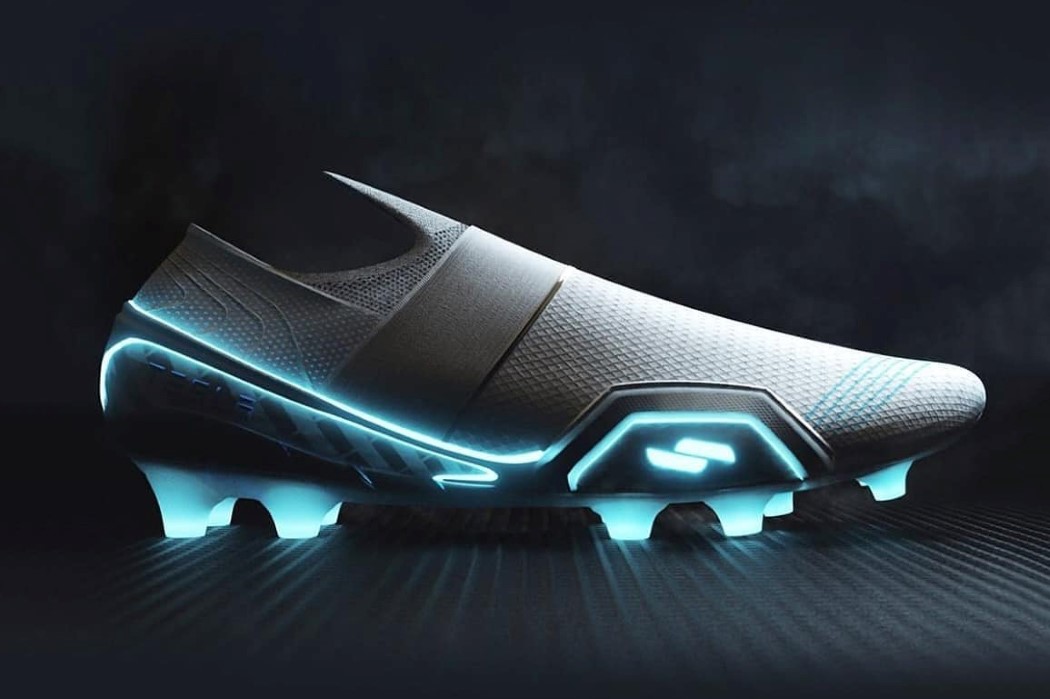
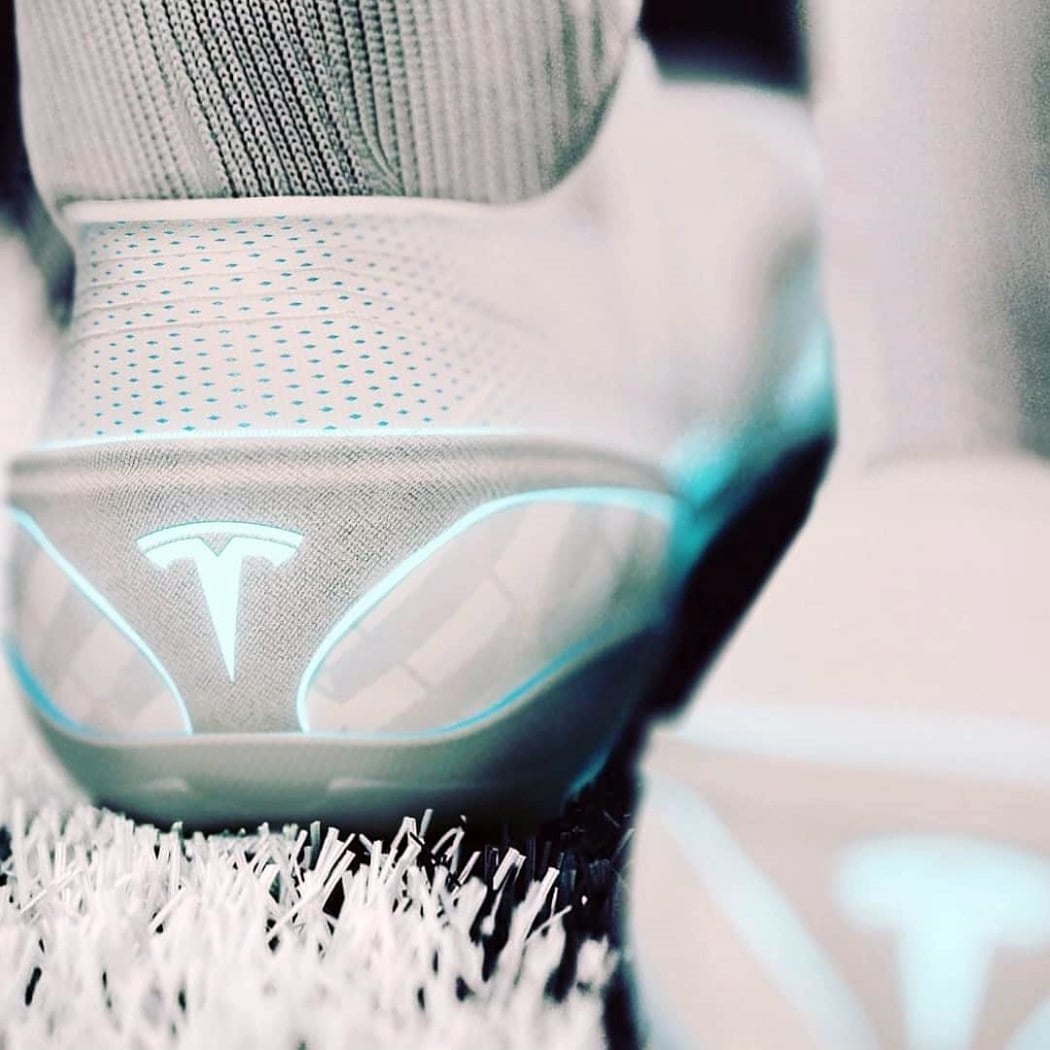
Former designer at Nike and Adidas, Hussain Almossawi, found himself asking a question. As a Tesla enthusiast, what if the company with its resources, creativity, and incredibly wealthy CEO, decided to go beyond sports-cars and design sports apparel instead? The conceptual Tesla Football Shoes combine Hussain’s love for football and for the Tesla brand into one positively radiant pair of performance sportswear. The shoes come in pristine white, with electroluminescent fabric woven into the sides and back, creating bright lines on the side, leading to a glowing, pulsating Tesla logo at the back. Moreover, the studs on the base of the shoes glow too, making them look exceptional in the dark but even more so when you’re dribbling away with the ball, creating one of the most beautiful light-streaks as you run!
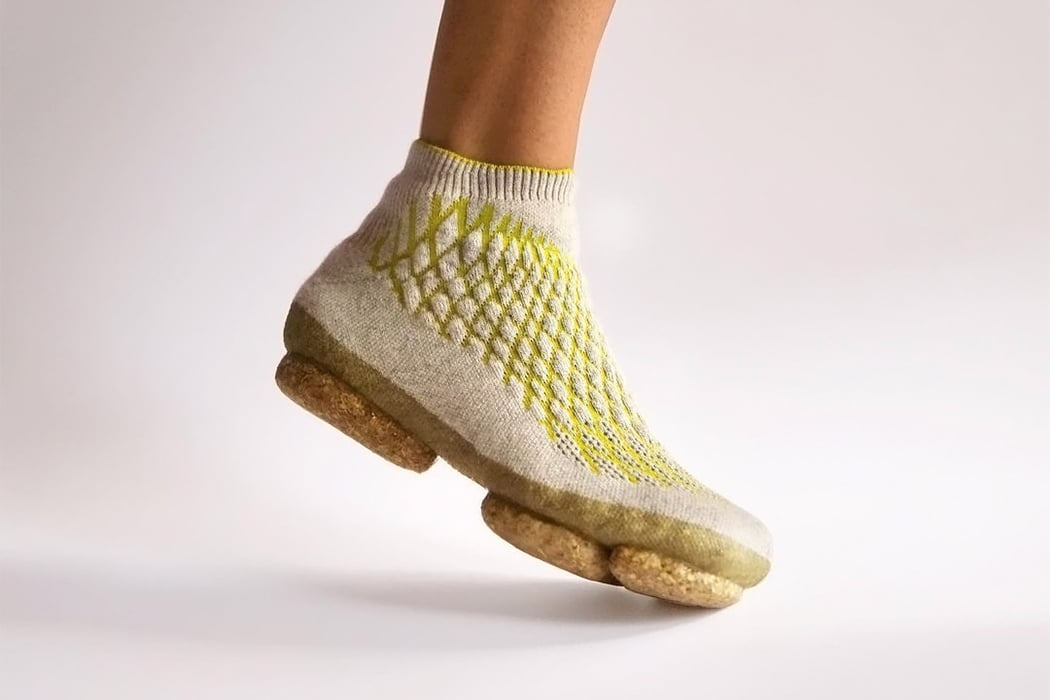

Burfeind designed Sneature which is a sustainable sneaker alternative for the eco-conscious sneakerheads. The shoe is crafted from many waste materials. The yarn made of dog hair (Chiengora) which is a biological waste being upcycled – this is innovation. Sneature is biodegradable as well! The design does take into account the functional requirements of a trainer and individual customization by the user. The process uses a 3D knitting technology that allows for customization and on-demand production while using the lowest possible energy consumption method. The membrane is a protein-based 3D knit made from dog hair. It transports the functional properties of flexibility, stiffness, and air circulation with a very second-skin feel, similar to the sock sneaker style we’ve been seeing. These materials have natural properties that provide water absorption and release and anti-static properties.
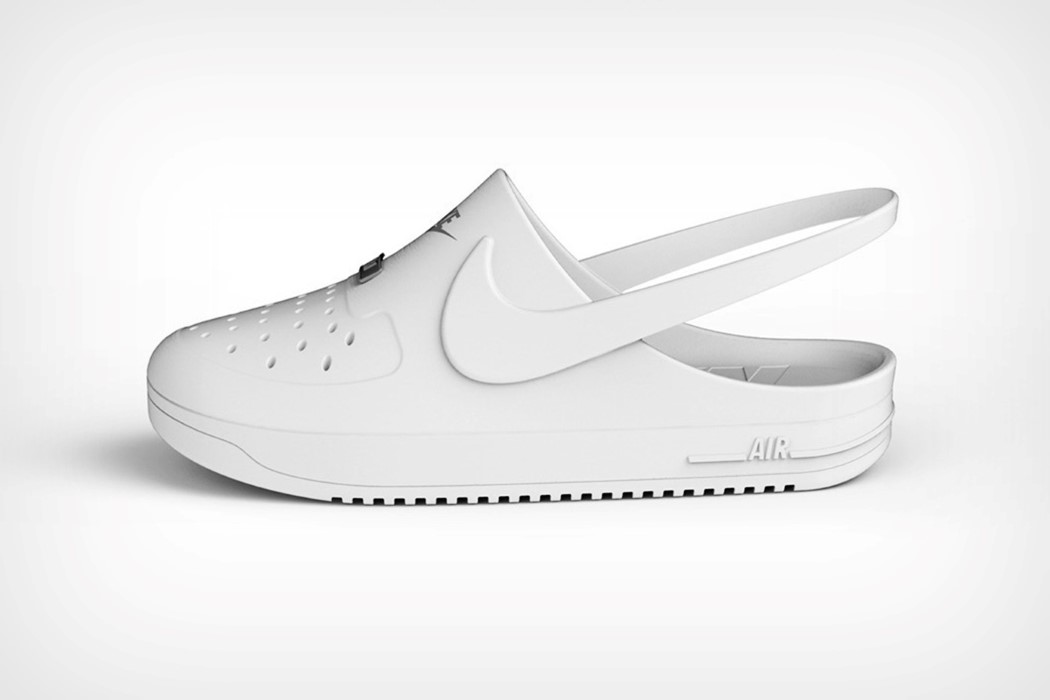
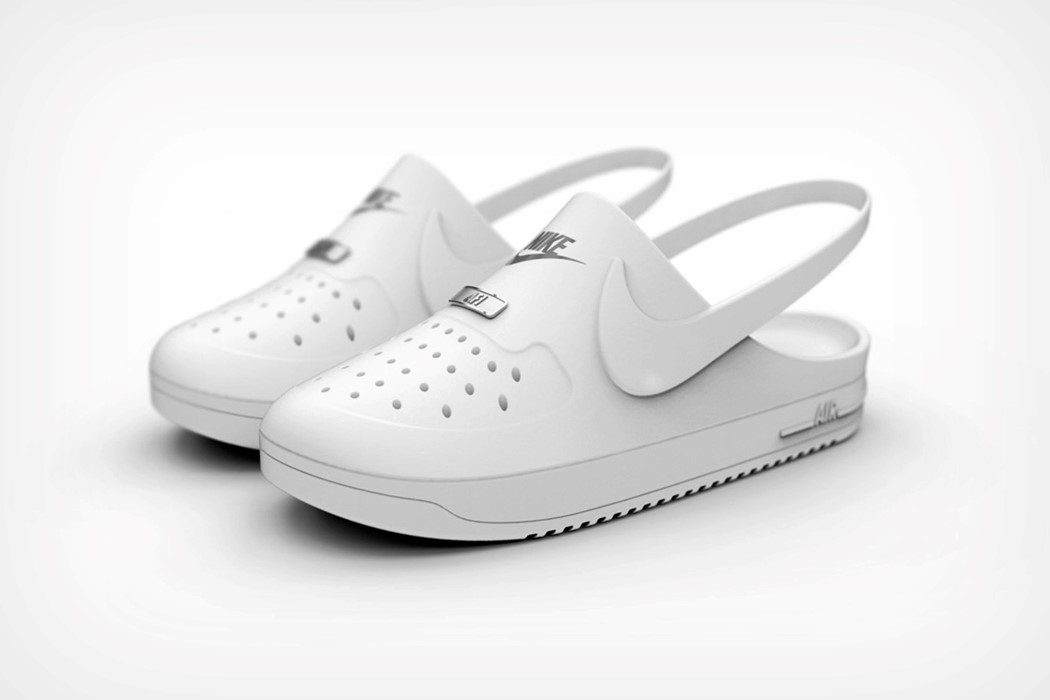
Say hello to probably the most bizarre shoe collab in history. This pair of Nike Air-Jordans X Crocs collaborative clogs surely will make you feel a bunch of things, including, hopefully, a second reckoning. While the idea of footwear co-created by Nike, Jordan, and Crocs may sound absurd at first, these clogs honestly don’t look all that bad. I mean hey, I’d wear them… probably. The shoes come in the distinctive single-piece design that’s archetypal to the Crocs brand, with a silhouette that seems familiar too. Its details, however, borrow influences directly from the Air Jordan 1, with a perforated toebox and that iconic swoosh that wraps around the back of your foot, becoming the heel-strap.
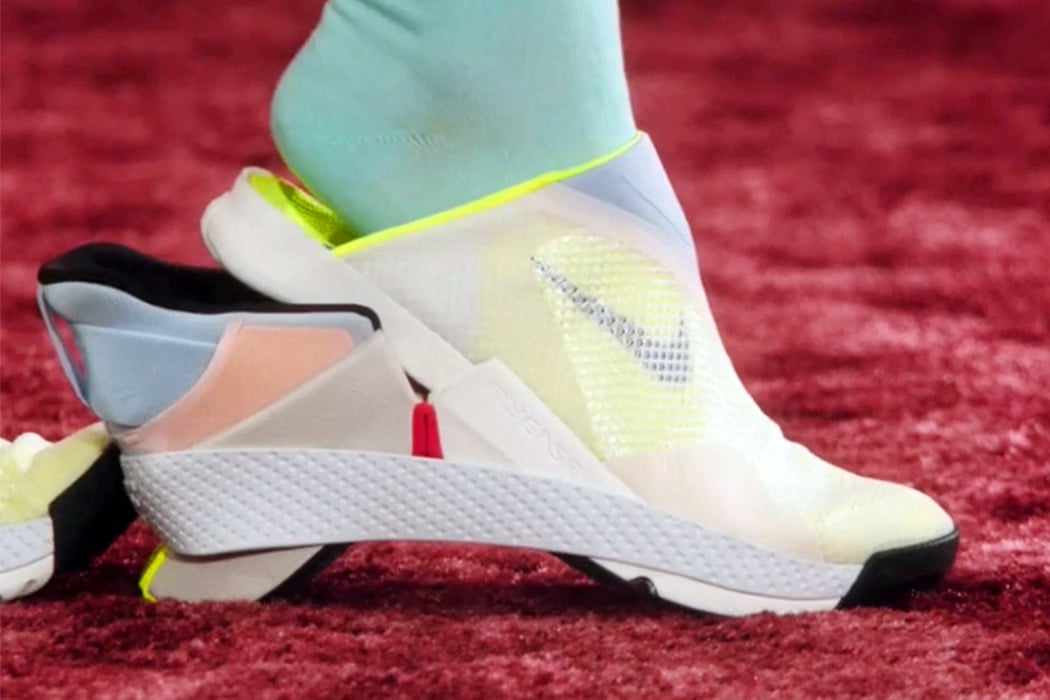
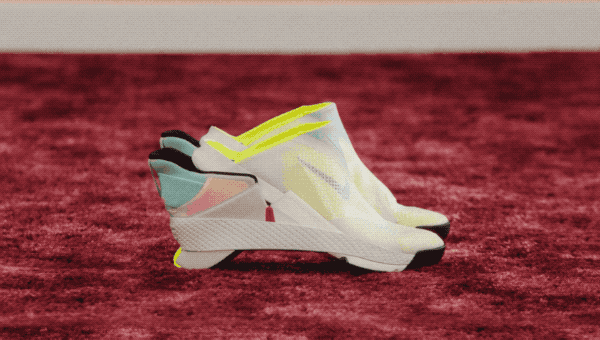
Nike and footwear design technology go hand-in-hand, they’ve proven it in the past and now there’s yet another example of their prowess. These are the Go FlyEase hand-free shoes that bring the convenience of wearing and taking off your pair without even bending over or touching them ever. People who already do this with a pair of shoes with laces (when they are too tired or lazy) to take them off the conventional style (by untying the laces) will have their eyes set on the Nike Go FlyEase. The motion of using one foot to pull down on the heel of the other and vice versa when you have the crocs or loose sneakers is what most of us do. But doing the same to a pair of shoes can deform them over time – so Nike came up with a solution that lets you do kickstand heel motion to open them up in a jiffy without any damage to the shoe material. The invention’s core is a bi-stable hinge (the red element at the base of the shoe) and the midsole tensioner (that belt that wraps around) that gives the pair structural strength to be used as athletic footwear.
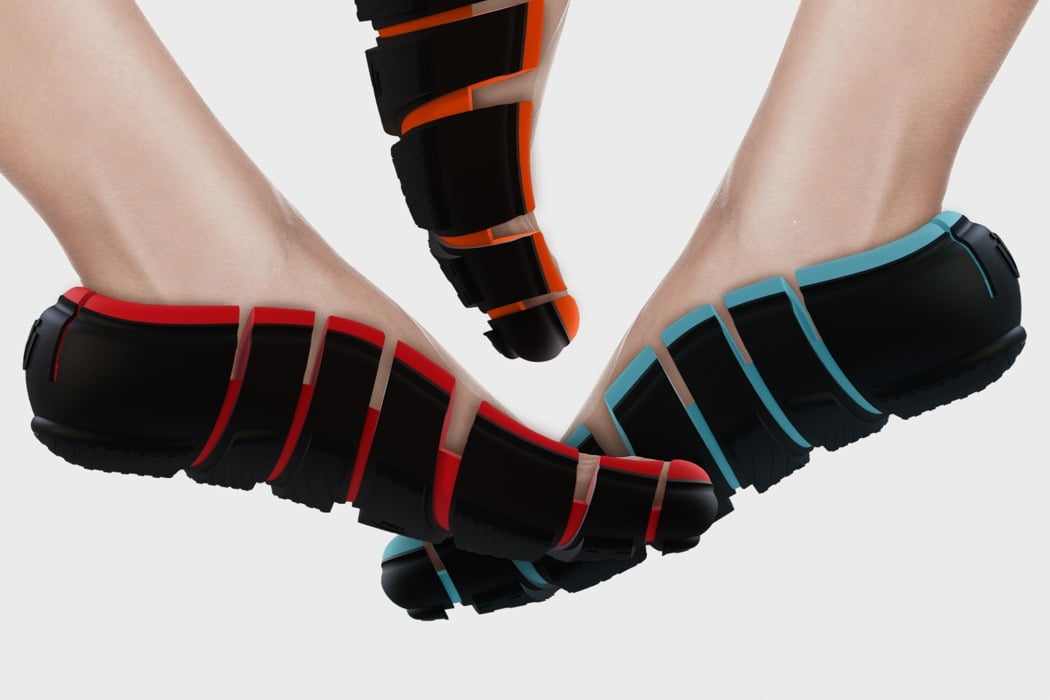
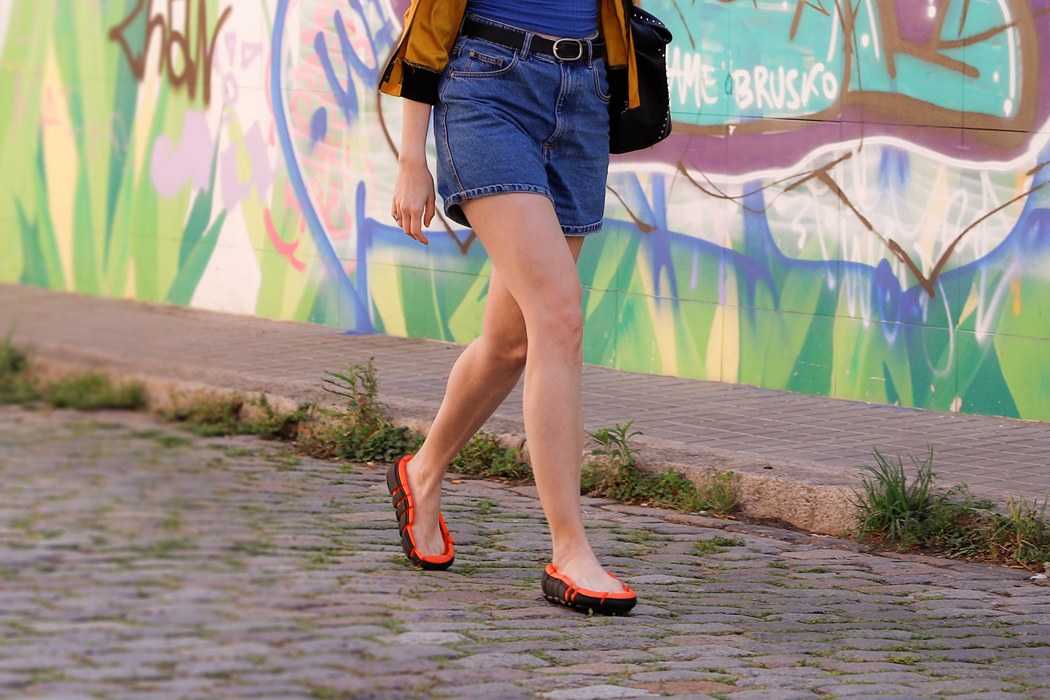
This is the Link by Padwa Design, Olga Kravchenko & Yehuda Azoulay, a shoe that has no shoelaces, straps, or even an upper cover. It’s literally a sole that ‘snaps to your feet’! Link presents a very unique approach to footwear. Just step into the soles and they automatically hug your feet, securing themselves in place. Without any upper cladding, the Link feels quite like walking barefoot. They allow your feet to remain ventilated, and providing all the freedom of movement and security you’d get from a pair of sneakers, but with the airy feel of flip-flops. Designed like a massive bumper-case for your feet, the Link is made with an EVA insole that provides comfort and grip, and a hard TPU outsole that comes with a fragmented design, allowing it to bend and flex with your feet. Together, the two materials make up Link’s construction, giving it flexibility, openness, friction/grip, and even a protective bumper around your feet, preventing your toes from accidental stubs and bumps.
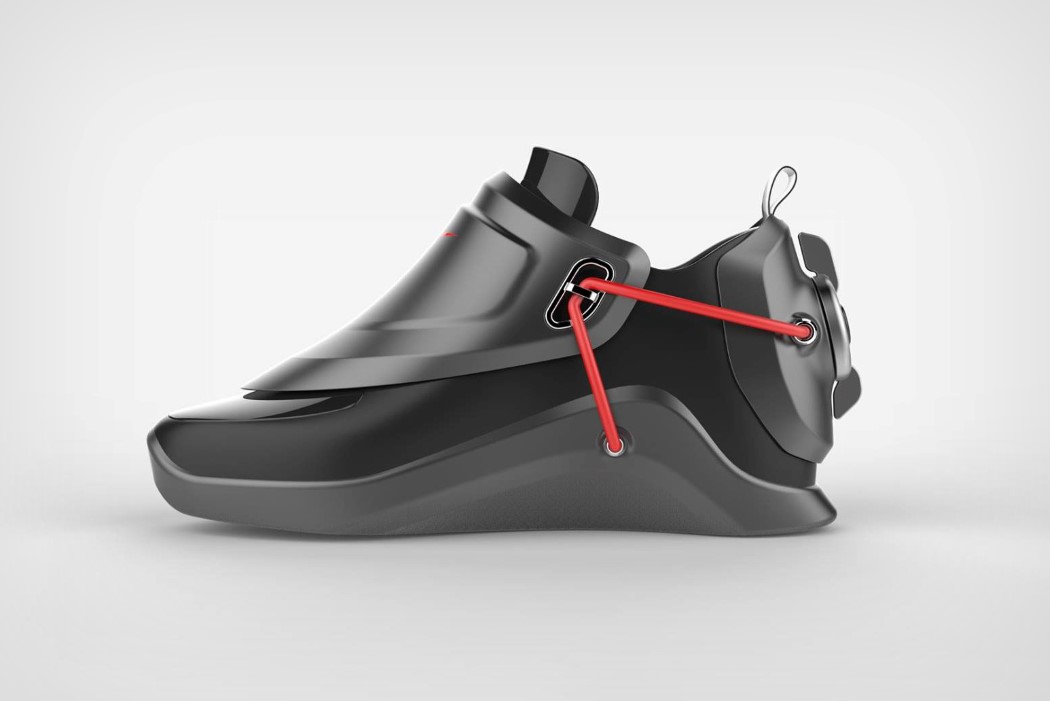
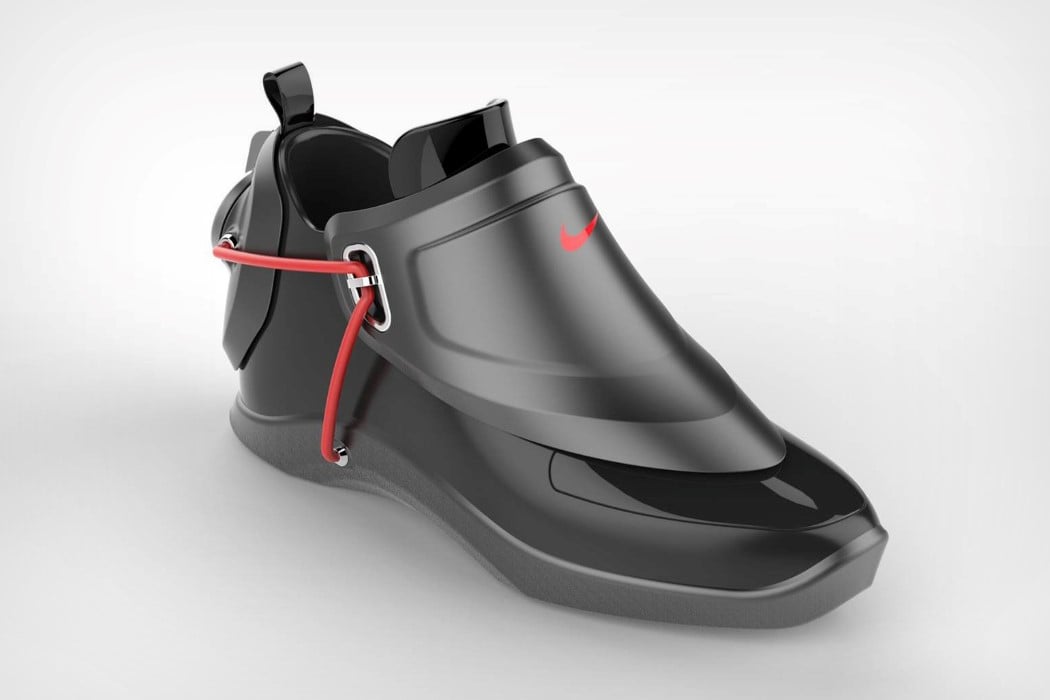
Carota Design’s Nike self-lacing sneaker concepts literally look like they’re from the future. With hard-shell components and gloss/matte finish contrasts, they don’t look or feel like traditional shoes at all, aside from the familiar silhouette, which definitely is a good thing. Designed to highlight the futuristic aspect of shoes that secure themselves, the conceptual sneakers come with a red lace that stands well against the black sneakers. The laces travel from the outsole to the front, and then to the heel, where they connect to a motor that’s triggered by a button. Tap against the button and the motor tightens the laces up, securing the shoe in place. Tap a second time and the laces loosen, allowing you to slip your shoe out! A textbook ‘shut up and take my money’ product!
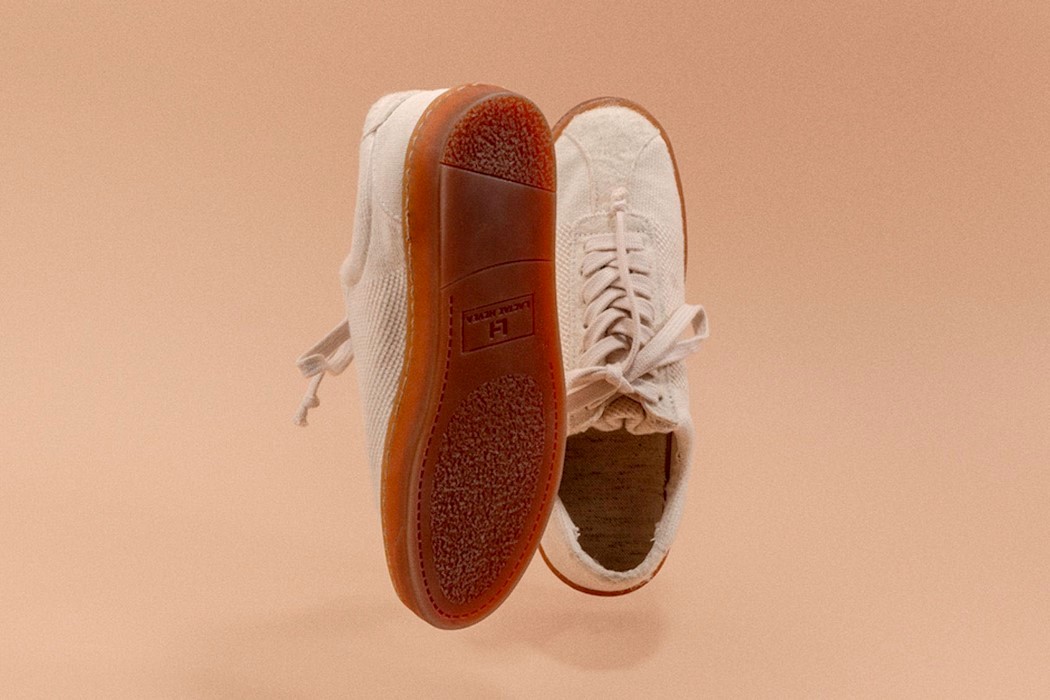
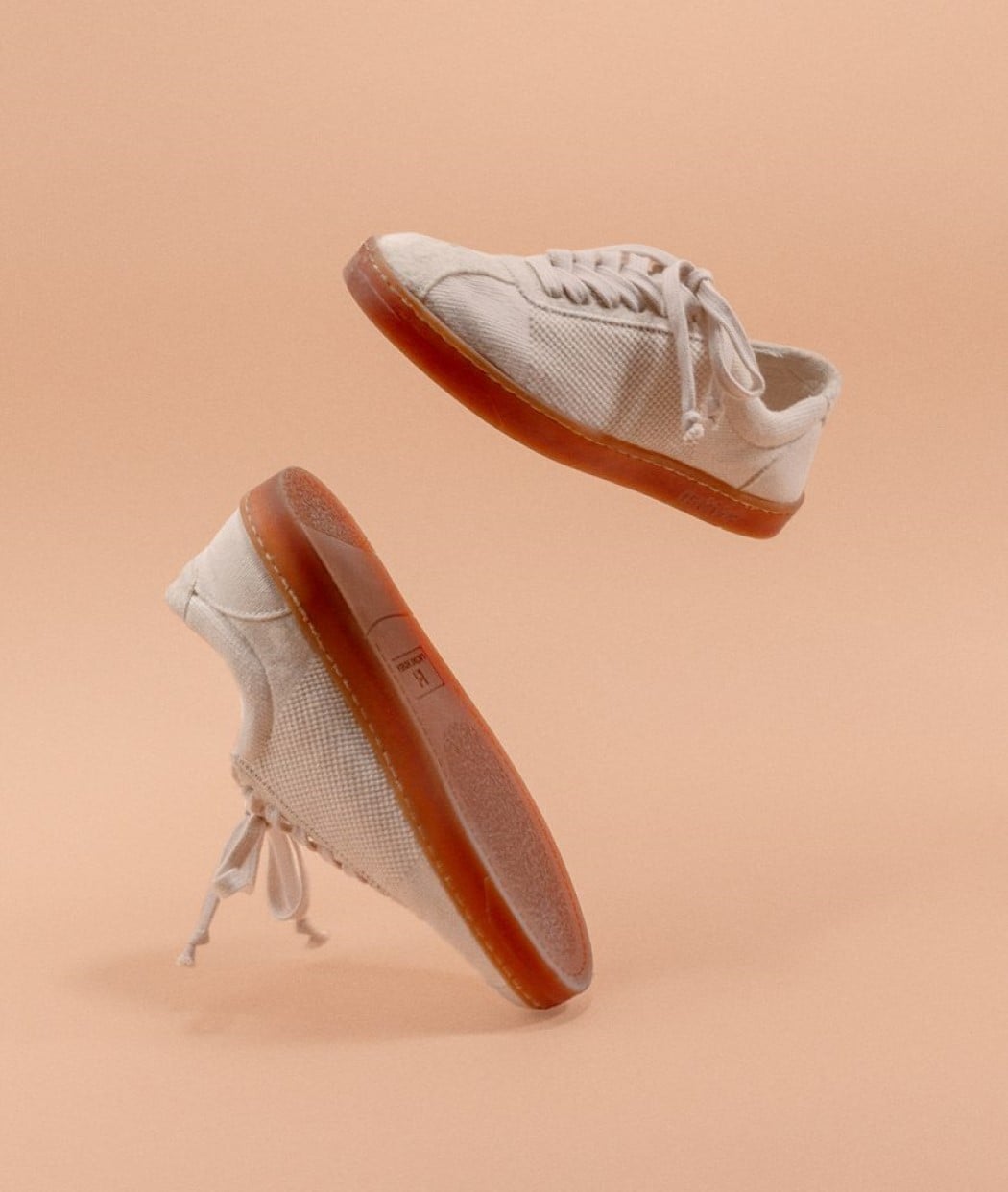
The Plant Shoe by Mike Belgue (Native Shoes) doesn’t use new materials, but rather introduces old materials into a new, one-of-a-kind product. Each part of the shoe is plant-based, using materials like jute, pineapple husk, kenaf, linen, treated with natural oils like olive oil for suppleness and comfort. Tricky bits of the shoe’s design involved finding a workaround for the sole, which Native managed to solve by partnering with France-based Reltex to create a sole that comprises a eucalyptus-pulp insole, kenaf (hemp) and corn cushioning, and a sap-based tread that gives the shoes its grip. Binding all the shoe’s parts together formed the next challenge, as most shoe companies rely on toxic, non-biodegradable petrochemical-based glues to hold the sneaker’s parts together. Native’s solution involved stitching all the parts together using entirely plant-based threads that are strong enough for sneaker construction.
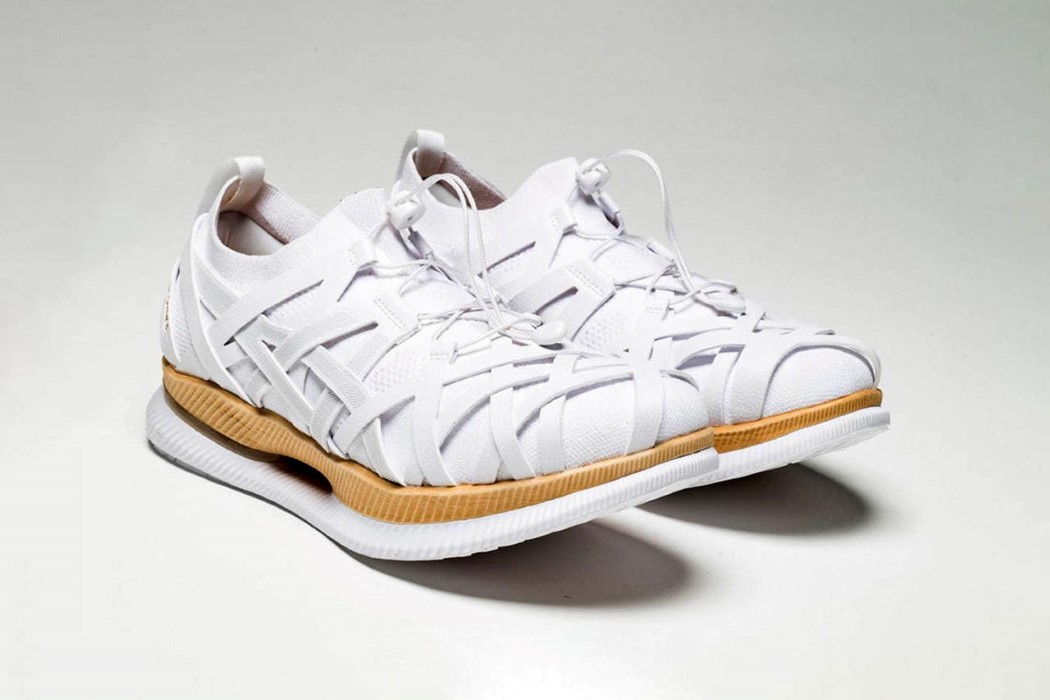
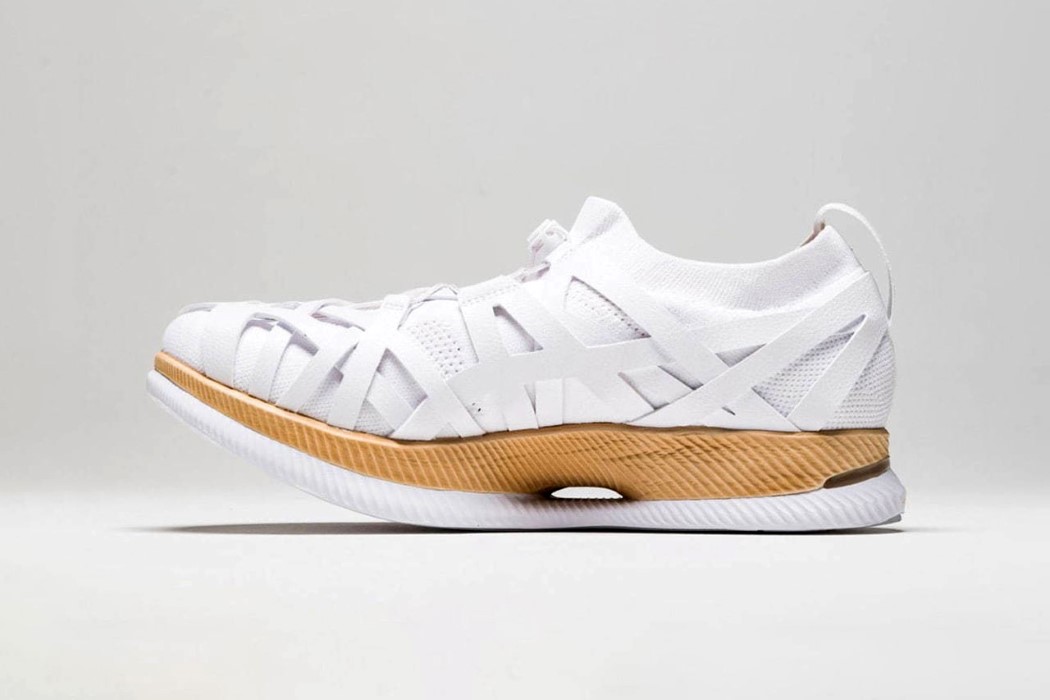
Teaming up with the renowned Japanese Architect Kengo Kuma, ASICS has unveiled the latest edition of the Metaride, an all-white running shoe with a pattern inspired by Japanese Yatara bamboo-weaving, on the shoe’s body. The fabric strips wrap themselves in a seemingly chaotic way, but in fact, are strategically placed to hold the foot steady by binding with the shoe’s innovative Flytefoam base that uses cellulose nanofiber, a strong and lightweight wood-pulp derived material currently being researched and explored in Japan. The shoe is described as ‘moving architecture’ by Kuma, who relied on the age-old technique of Yatara to provide aesthetic dynamism as well as a comfortable fit.
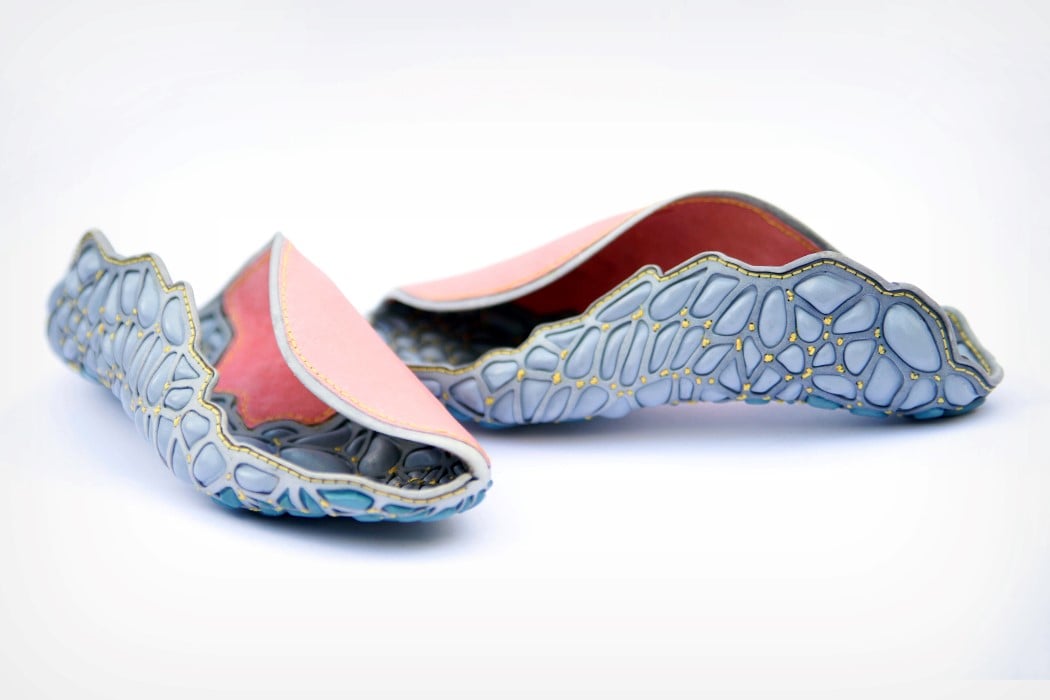
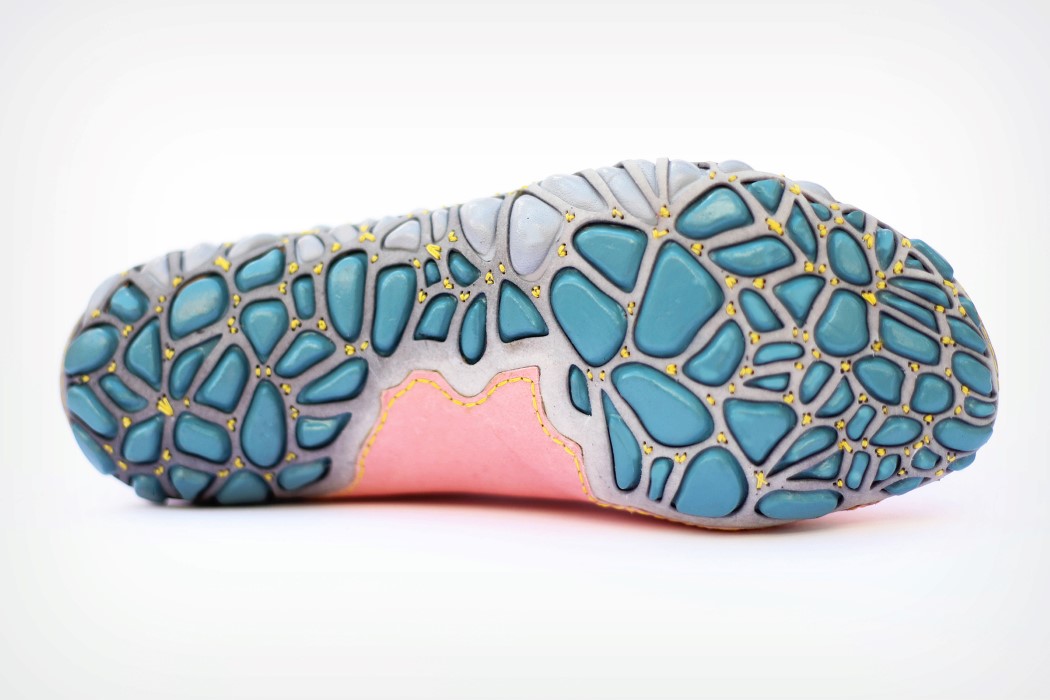
The Walk Of Mind shoes are centered around a technology that allows users to get custom shoes made based on scans of their feet. Its slip-on design comes with a unique visual and tactile experience, appearing as well as feeling lightweight. The shoe’s light appearance can be attributed to the fact it looks quite like a feather or leaf wrapped around your foot, and the absence of the traditional thick sole found in shoes and sneakers makes it look/feel sleek and lightweight. The slip-on is a combination of multiple materials, including the leather wraparound and an SLS 3D printed nylon sole that fits into it. The sole, designed specifically for each foot, comes with a bespoke pebbled surface that applies pressure on specific areas of the foot to relieve pressure, provide support, and give you a comfortable walking experience without fatigue. What’s really unique about the Walk Of Mind footwear is the fact that its monosurface design and transitions seamlessly from sole to foot-cover.
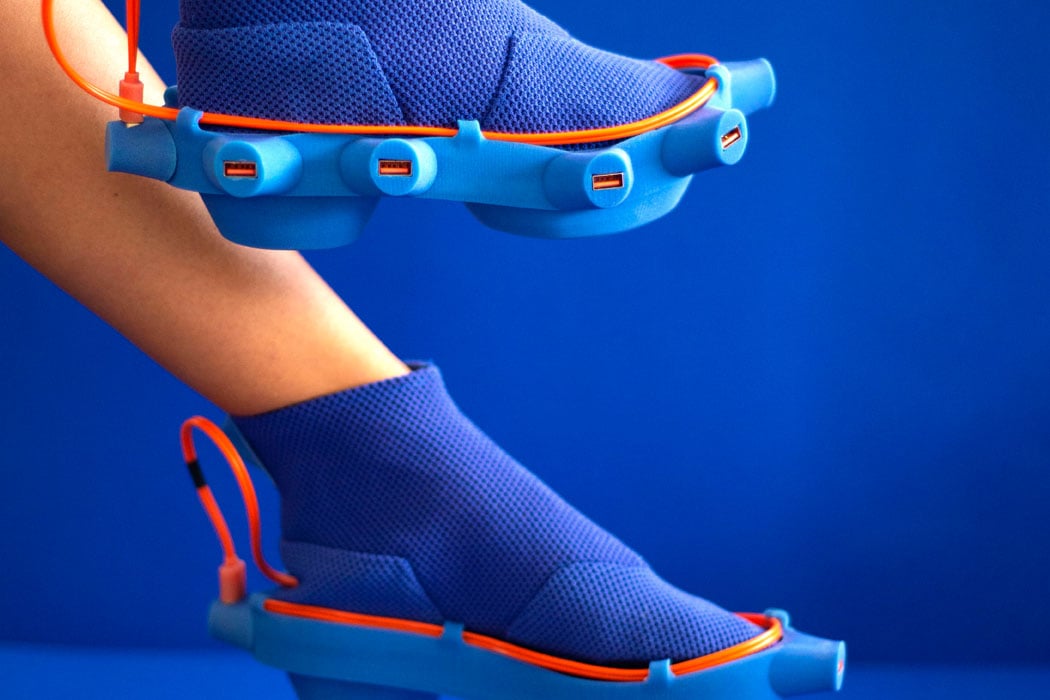
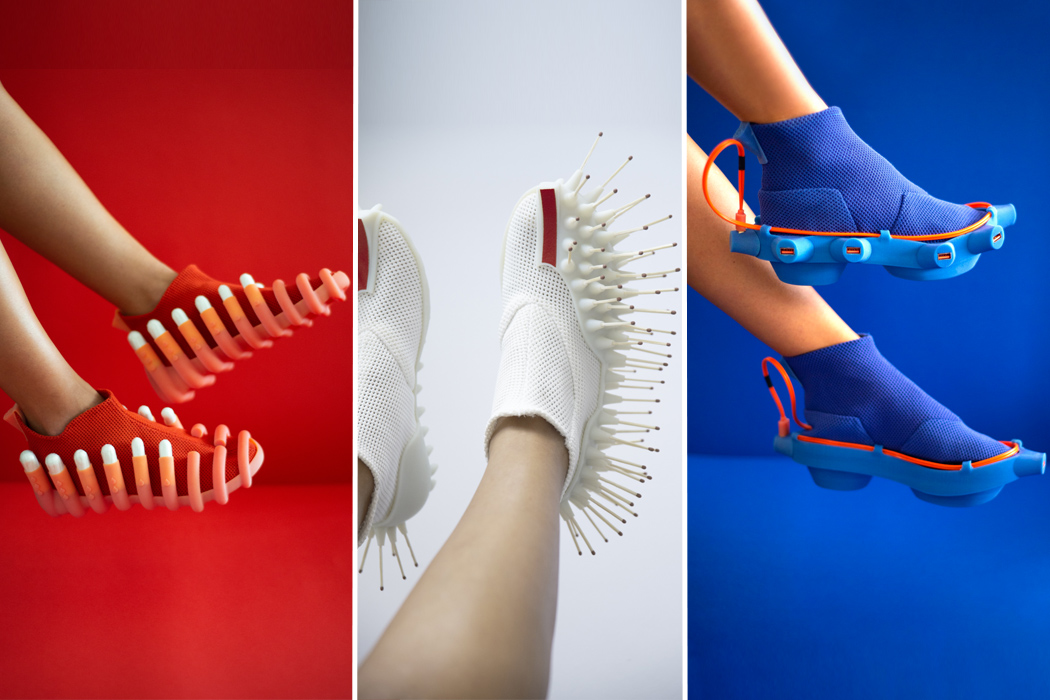
This collection of netted shoes is called “Netina” and each one of them solves a certain purpose while being completely astray from each other when the looks are concerned. The aim of crafting these shoes is to develop a healthy social relationship among people, providing a sense of comfort in helping someone who’s a complete stranger. Goldberg said, “The human body contains various opportunities for carrying objects that can be useful for ourselves and to those around us. Our feet contain such benefits and also obtain the true characteristic of the movement.” In this collection are the white shoes that hold matchsticks in a spiked design for times when someone asks for a light. Then there are the red shoes that have a large opening to store tampons for your friend who’s having a menstrual cycle. The third pair of shoes in all blue color are for geeks who like to be surrounded by gadgets, as the pair sports USB ports for charging multiple gadgets via a power bank that is concealed in the sole of the shoes.
For more such fashionably ergonomic footwear designs, check out Part 1 of this post!
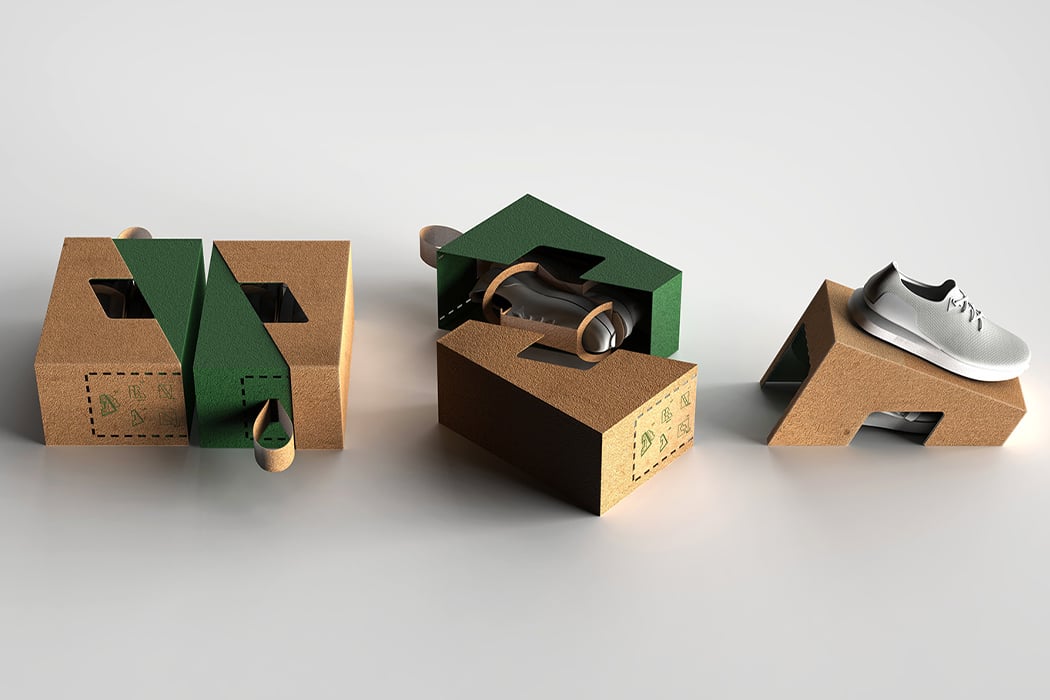
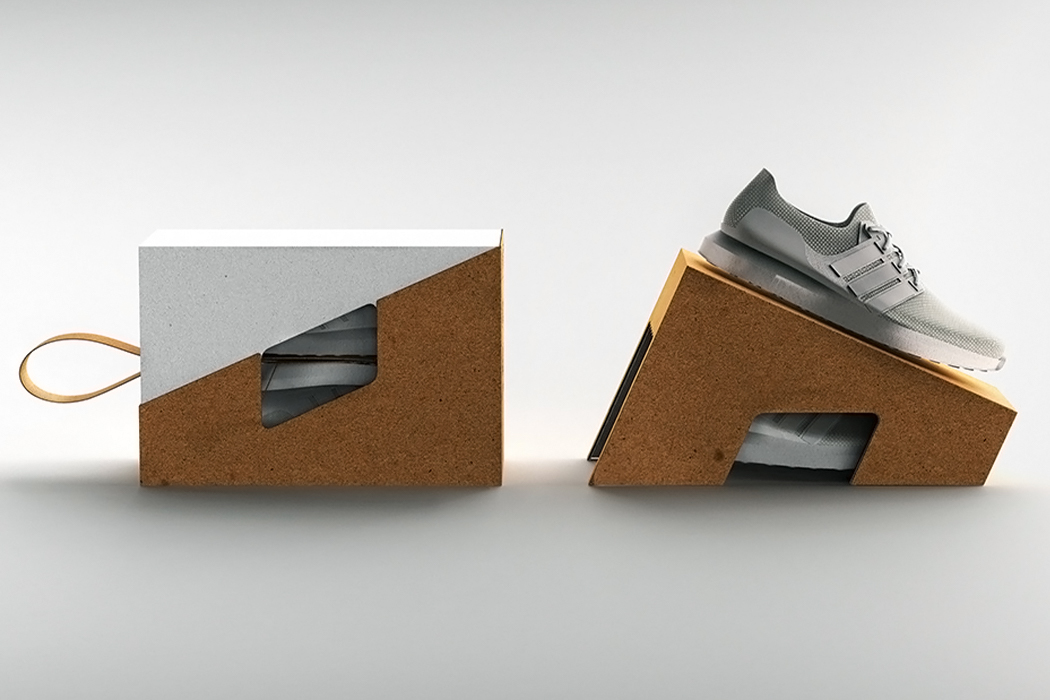
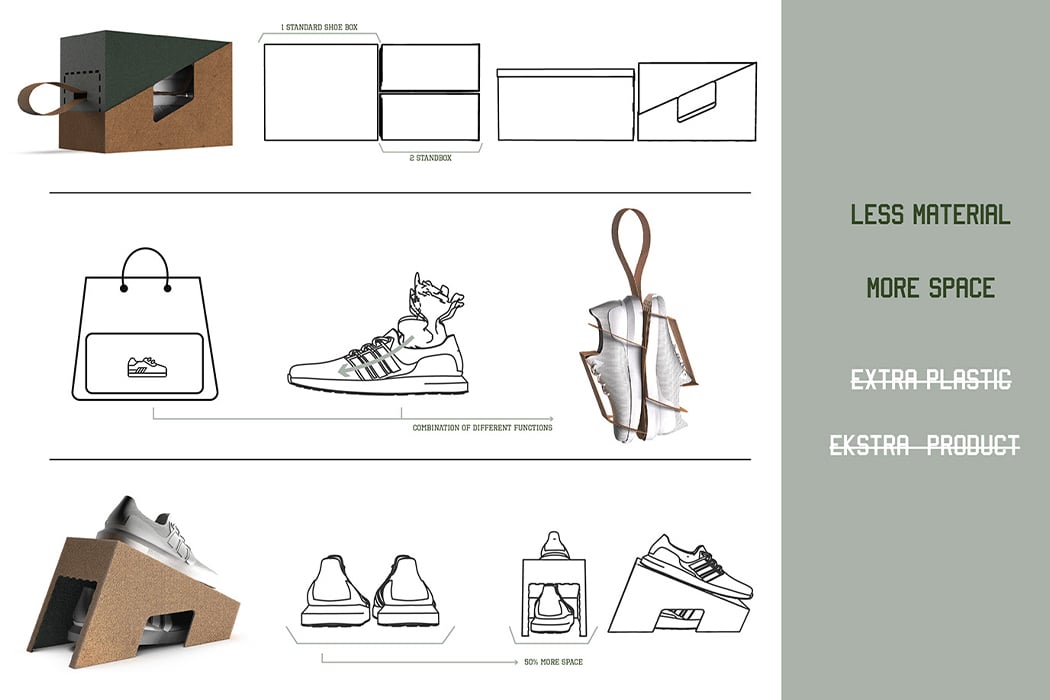
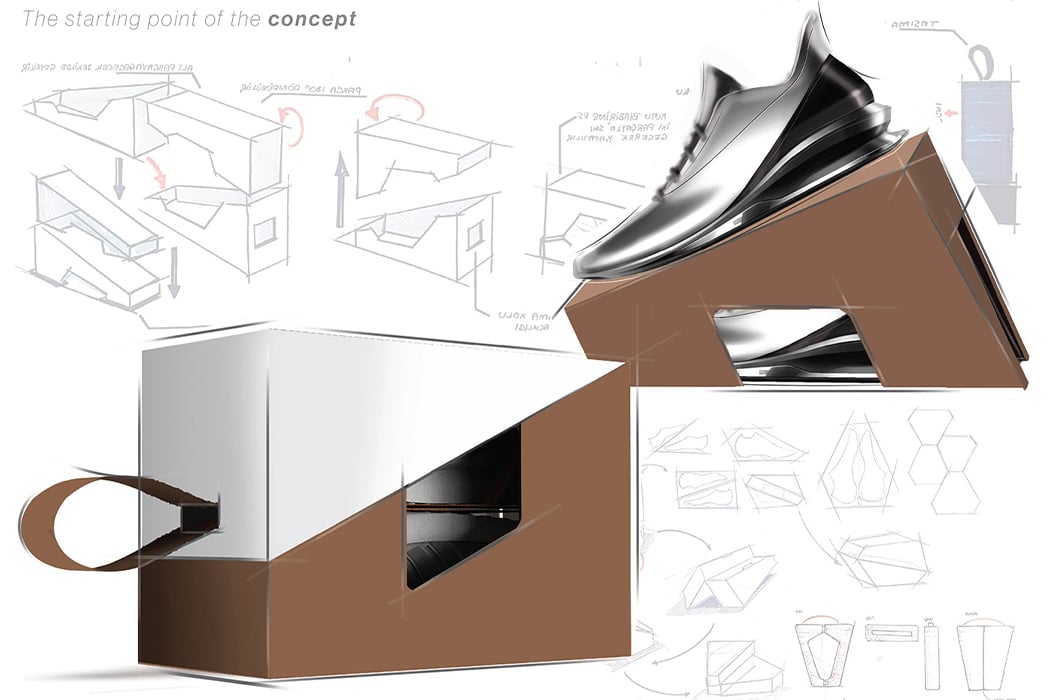
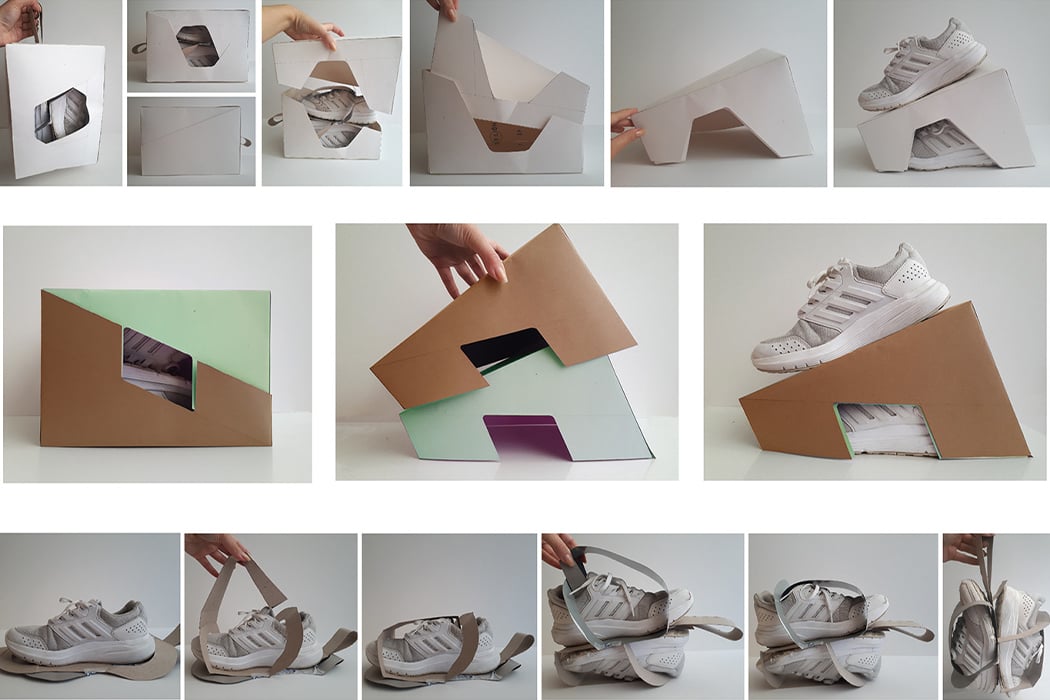
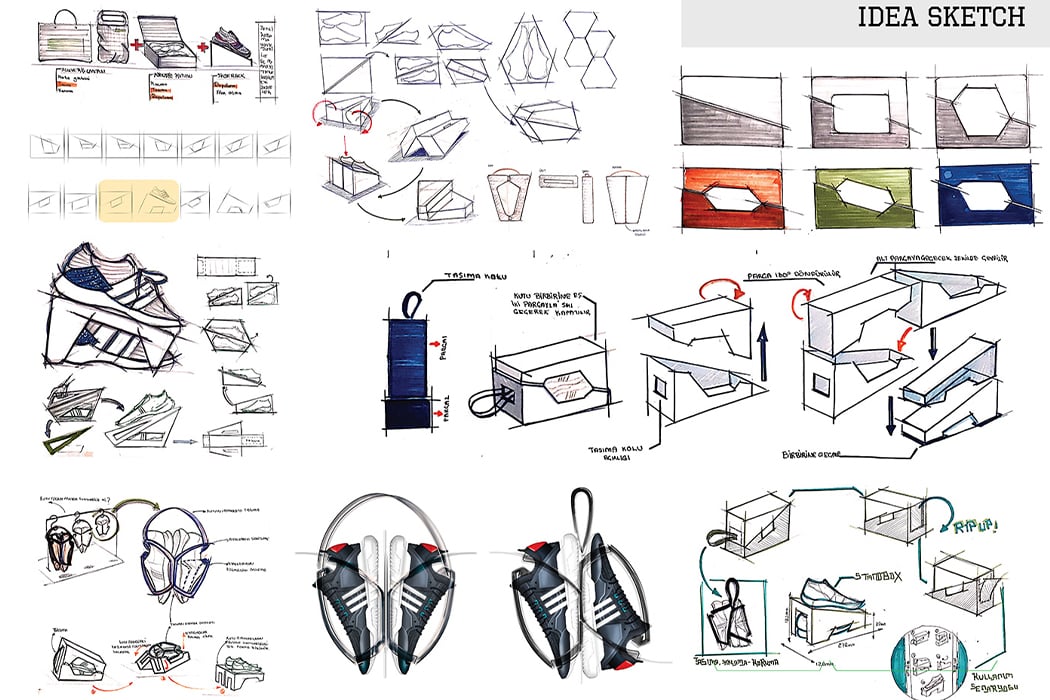
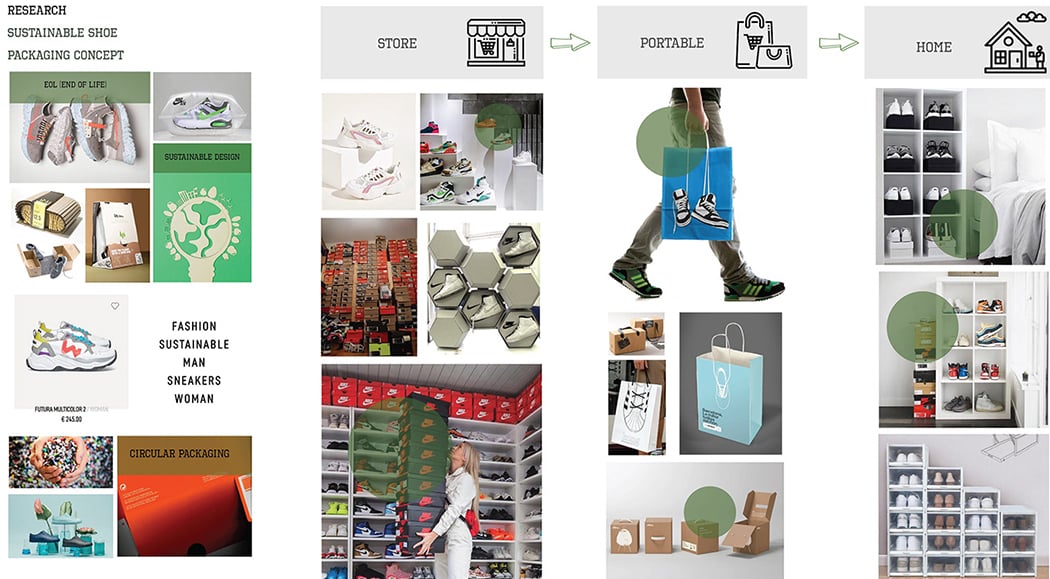
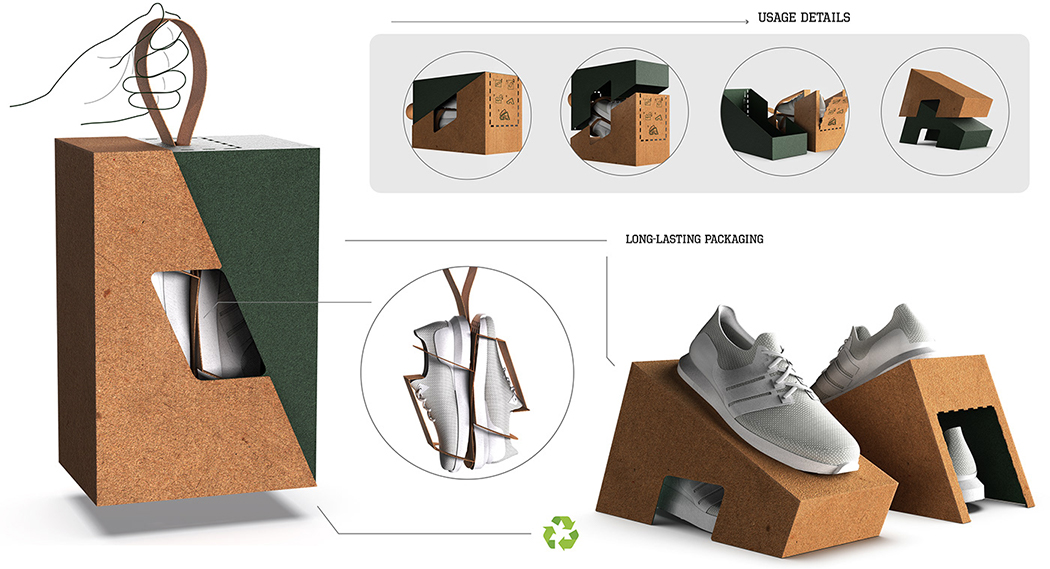
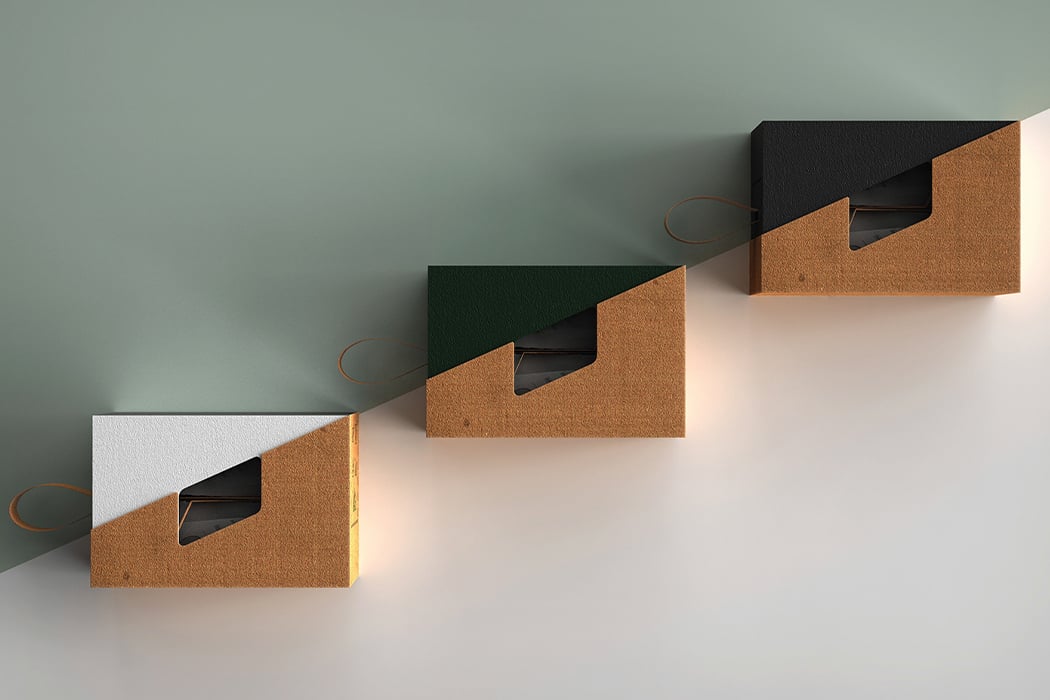
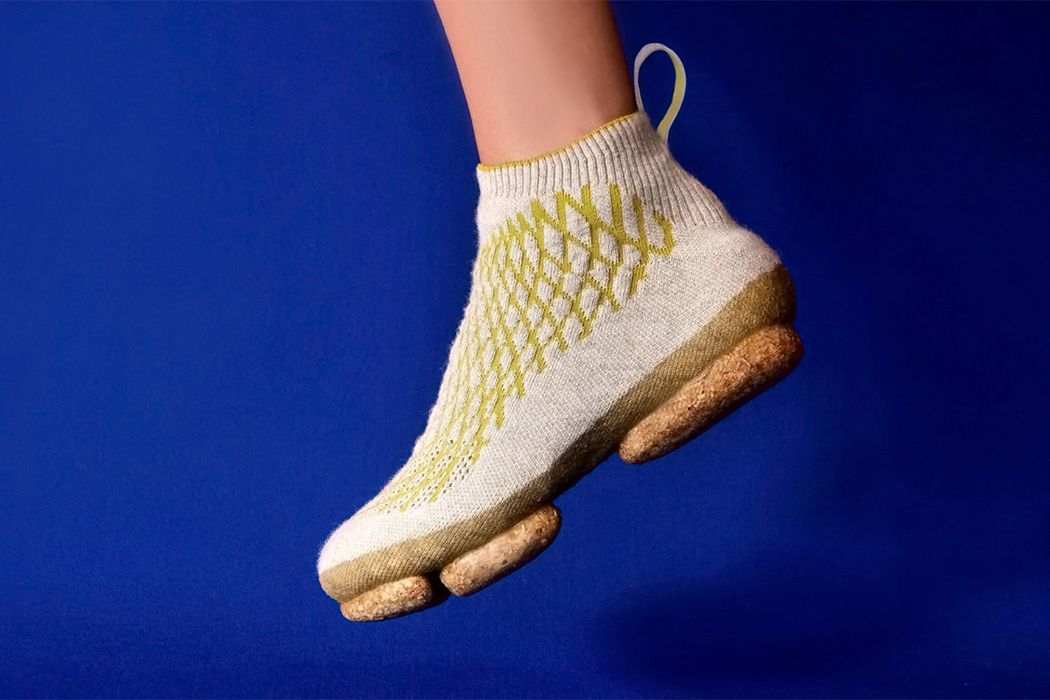
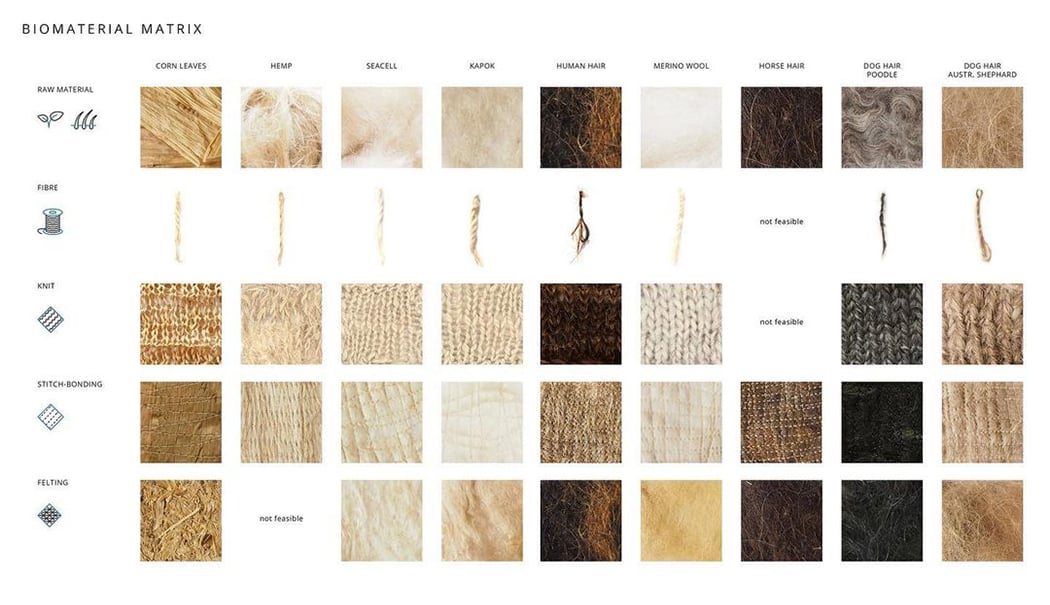
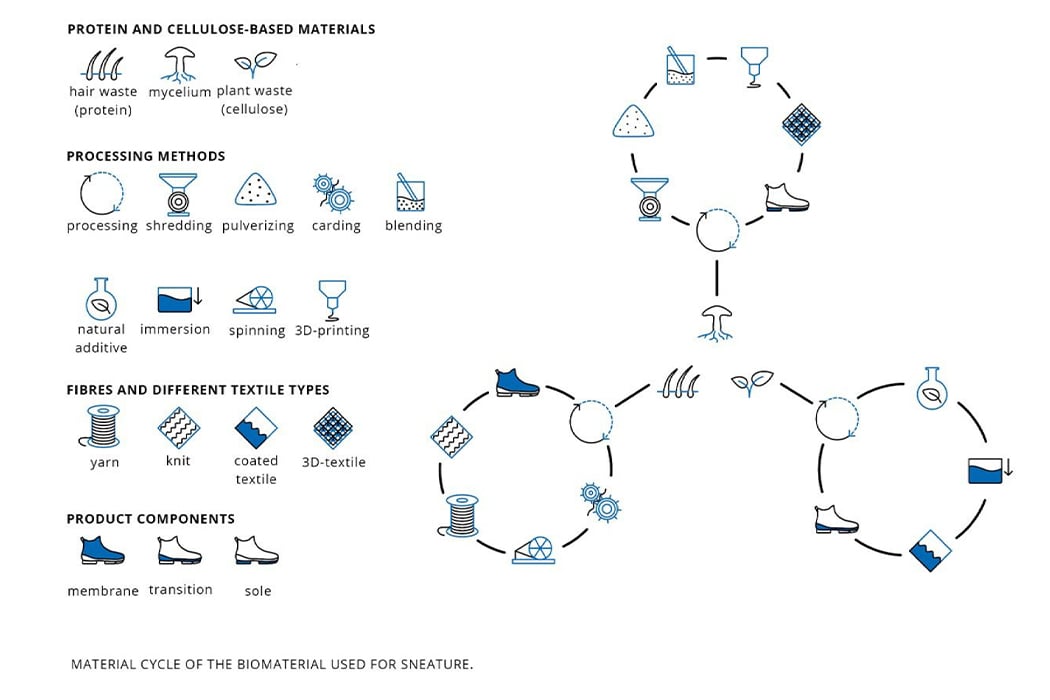
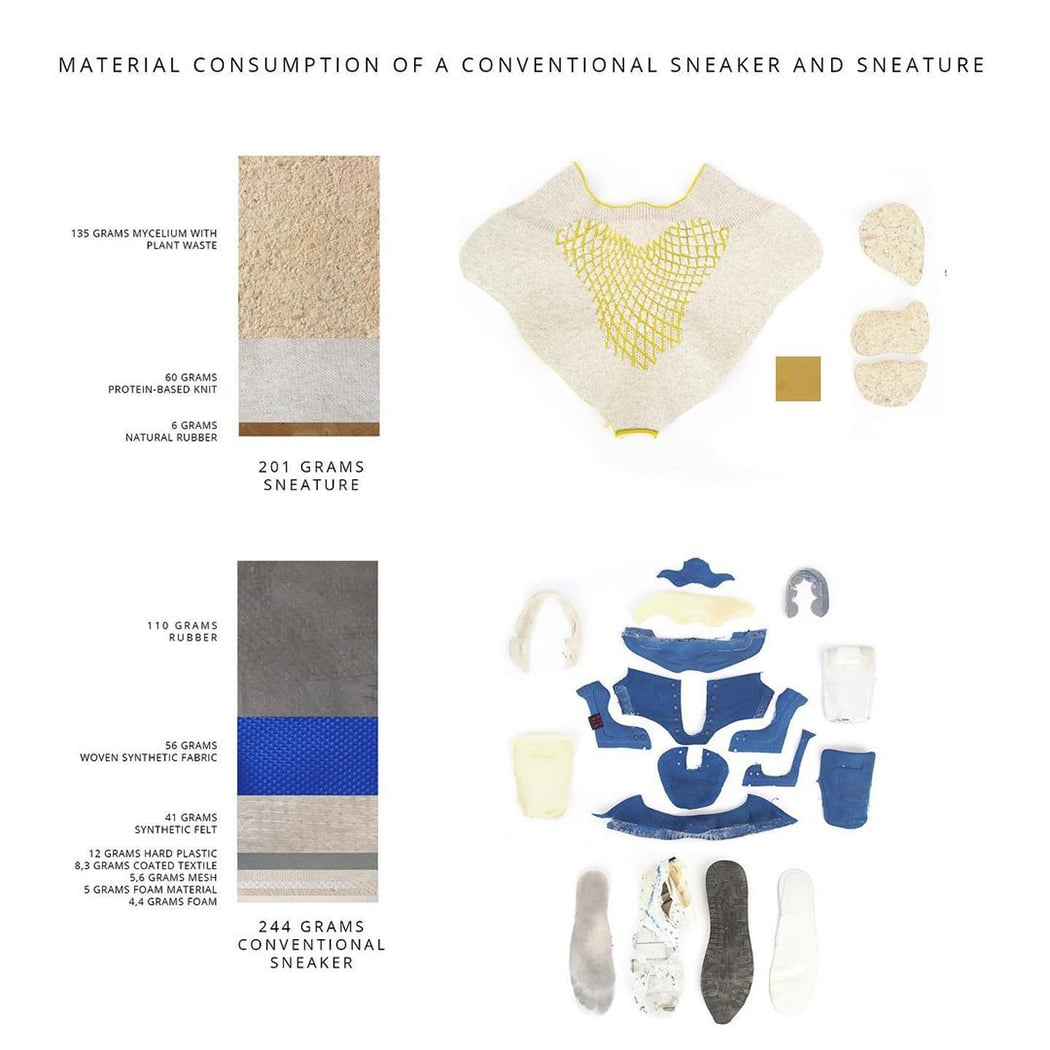
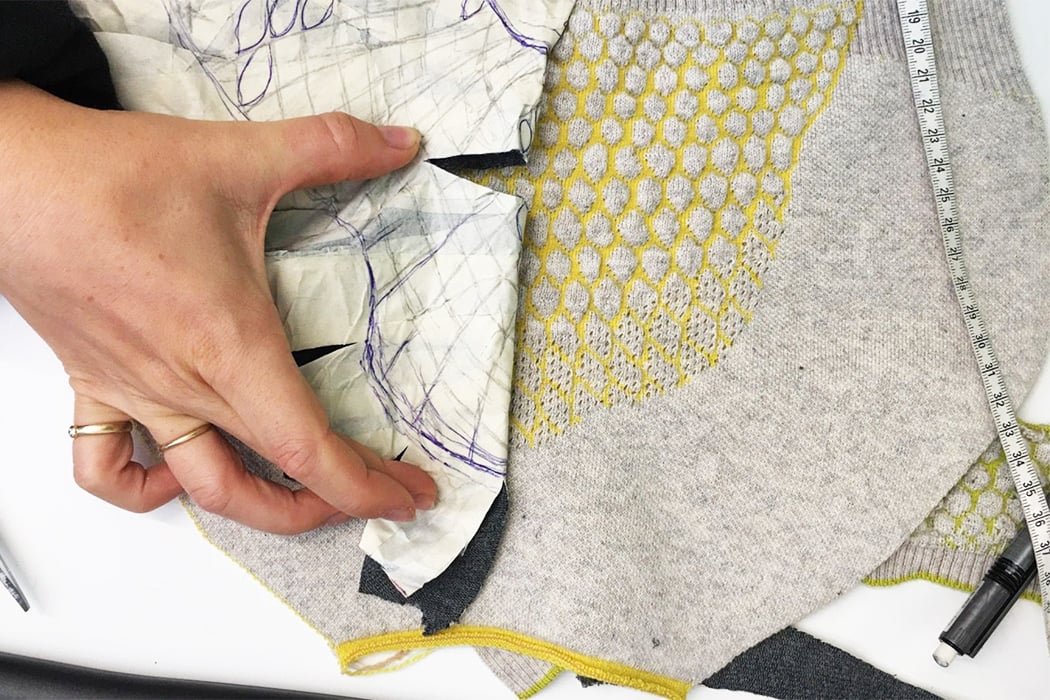
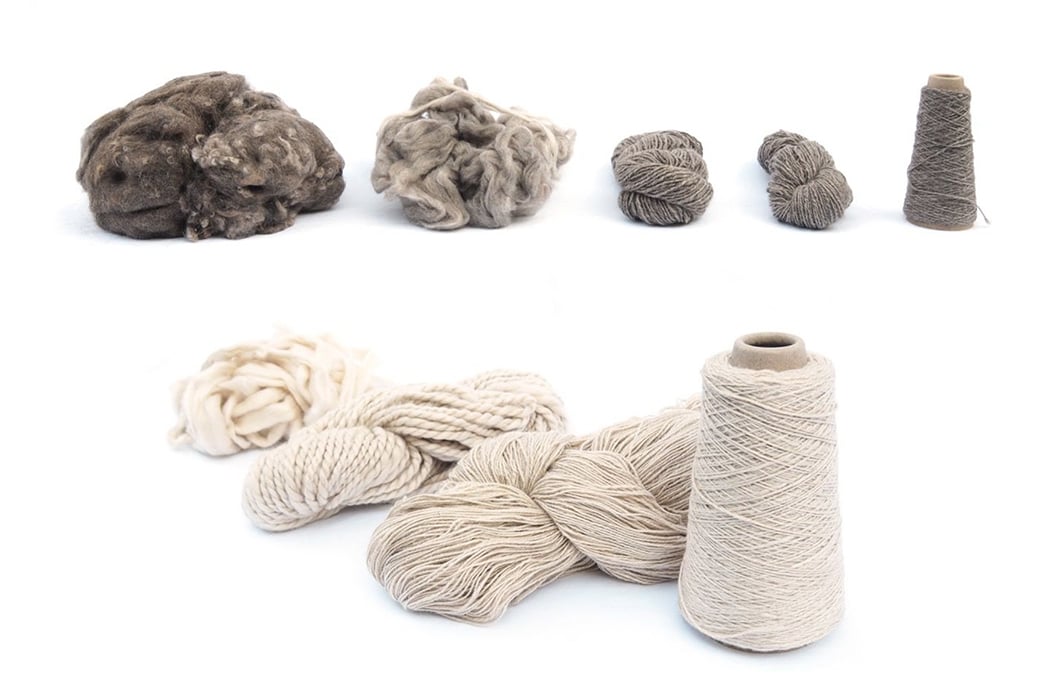
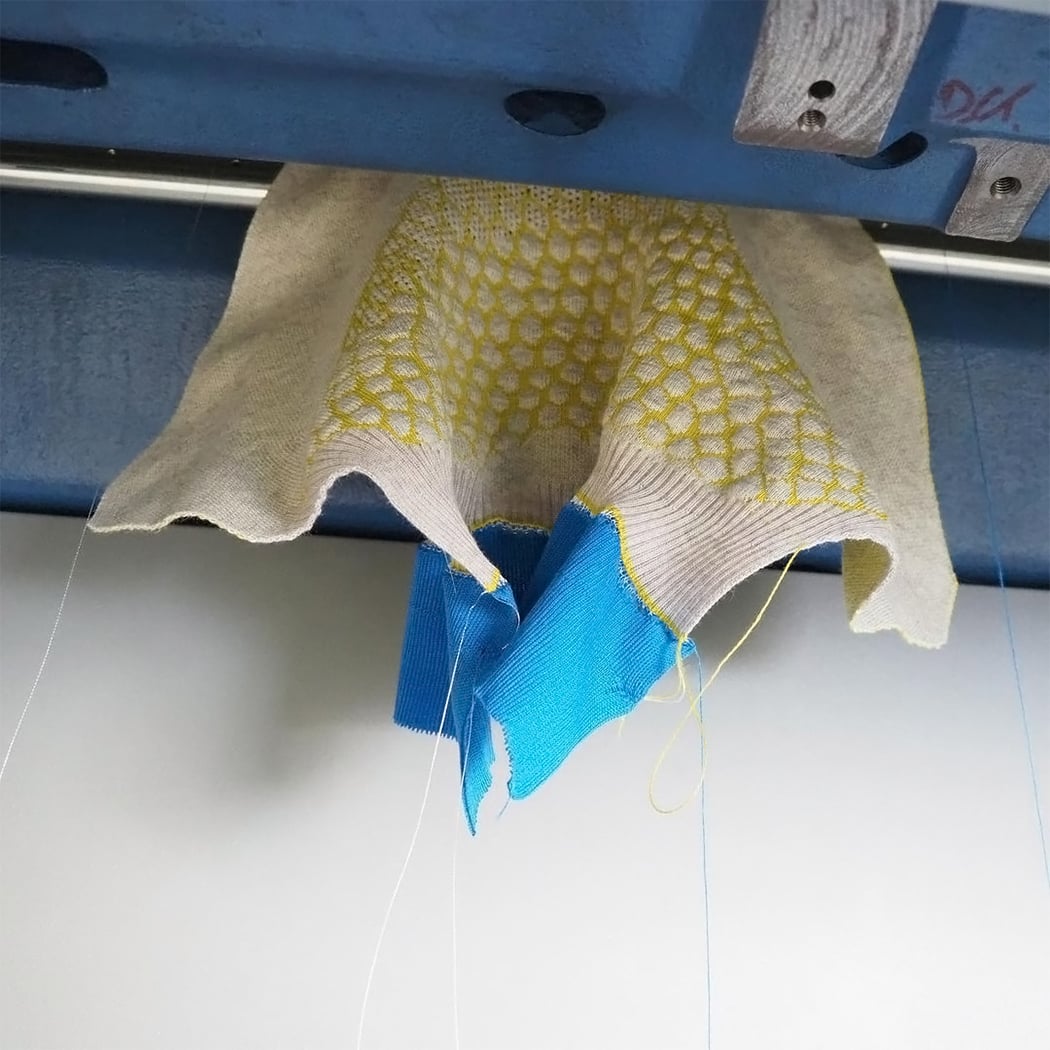
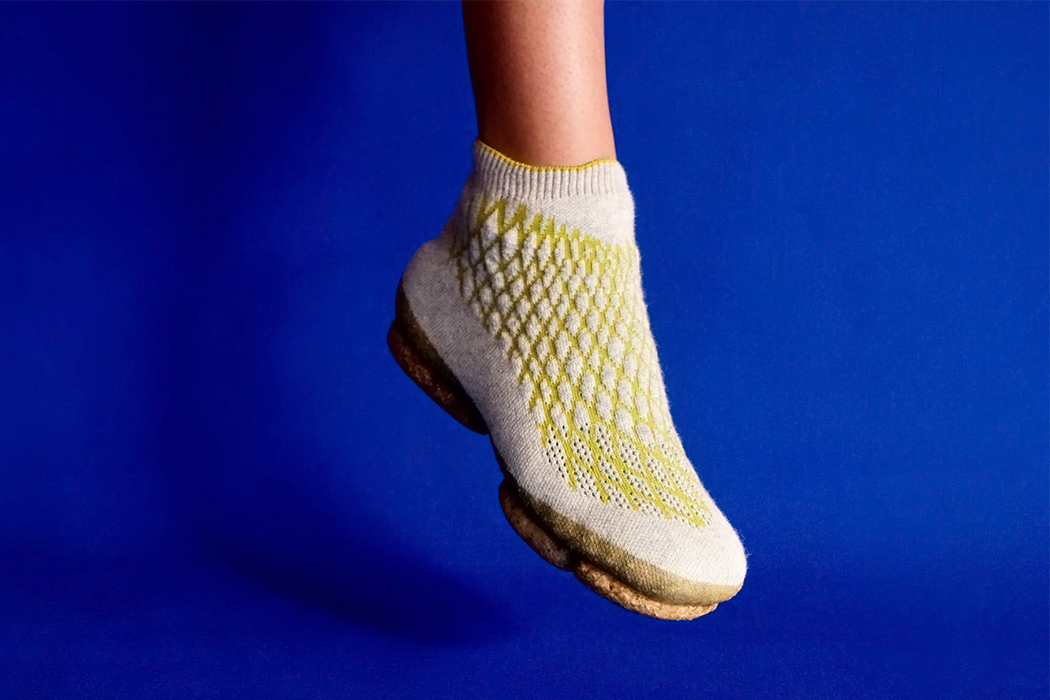
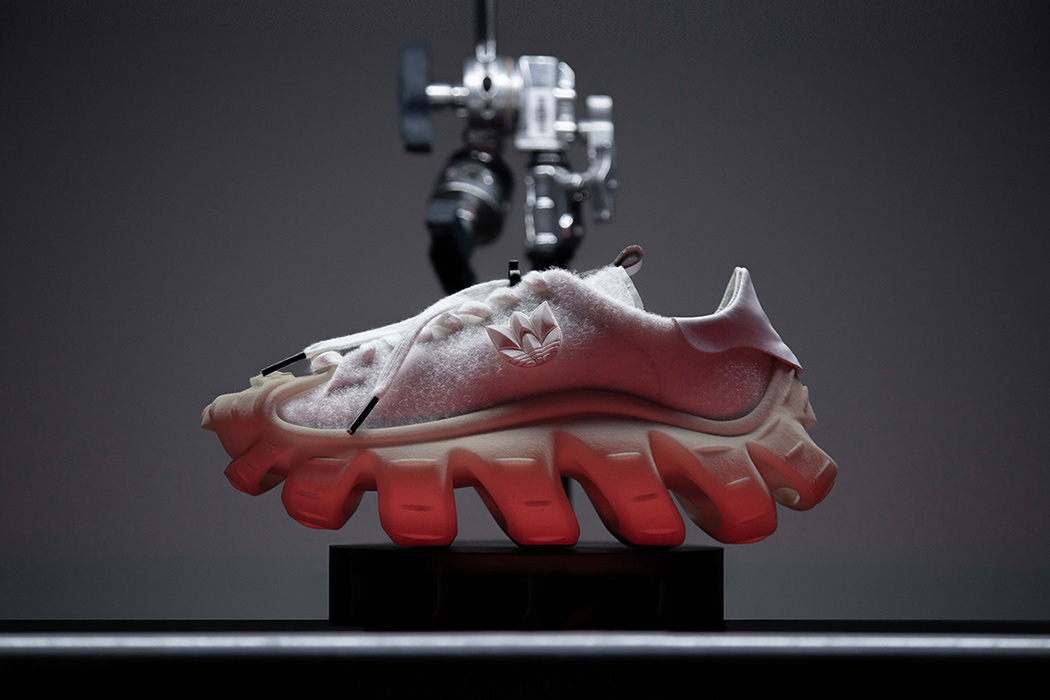
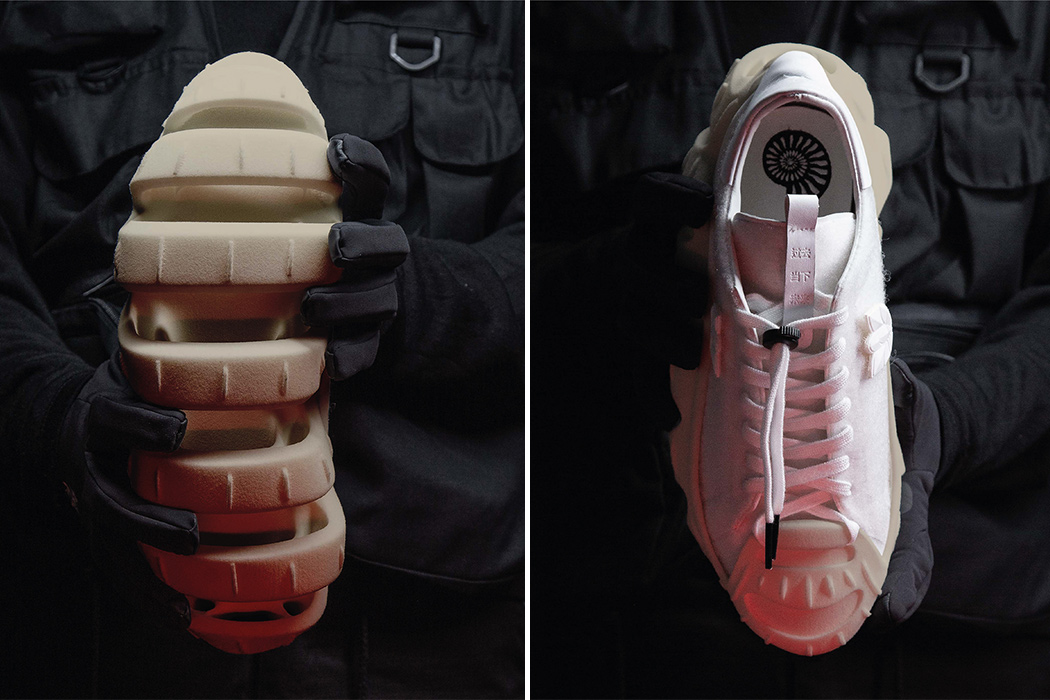
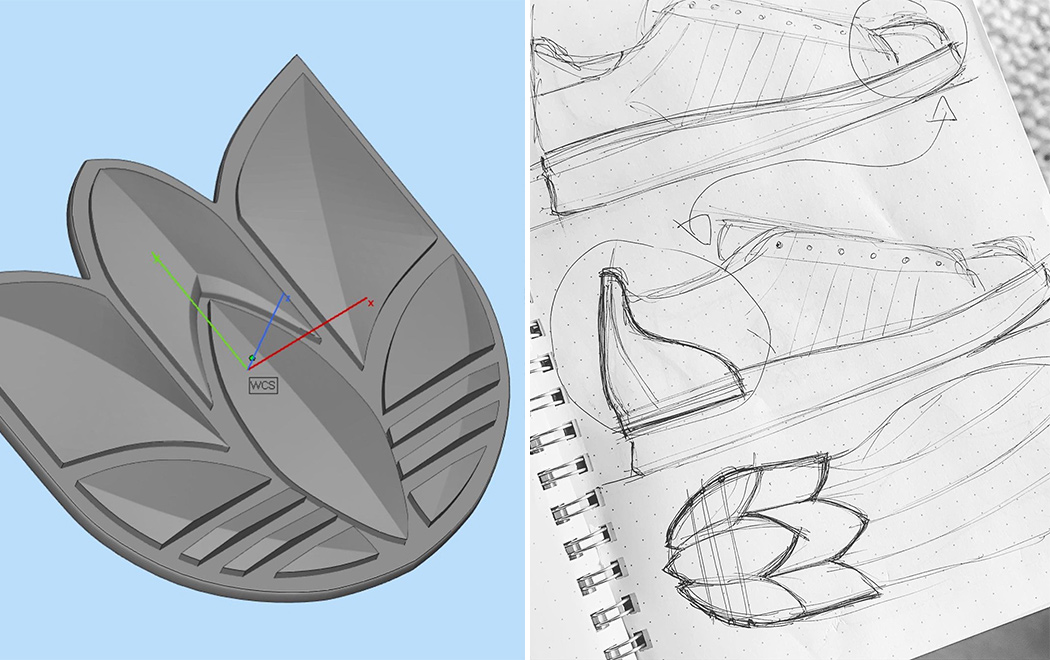
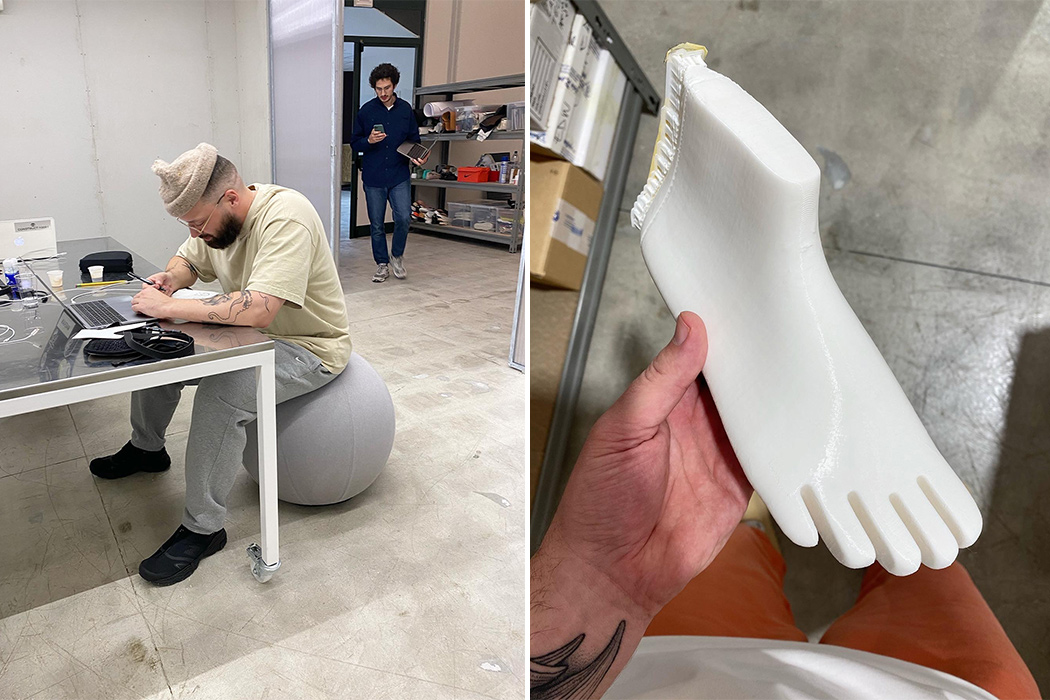
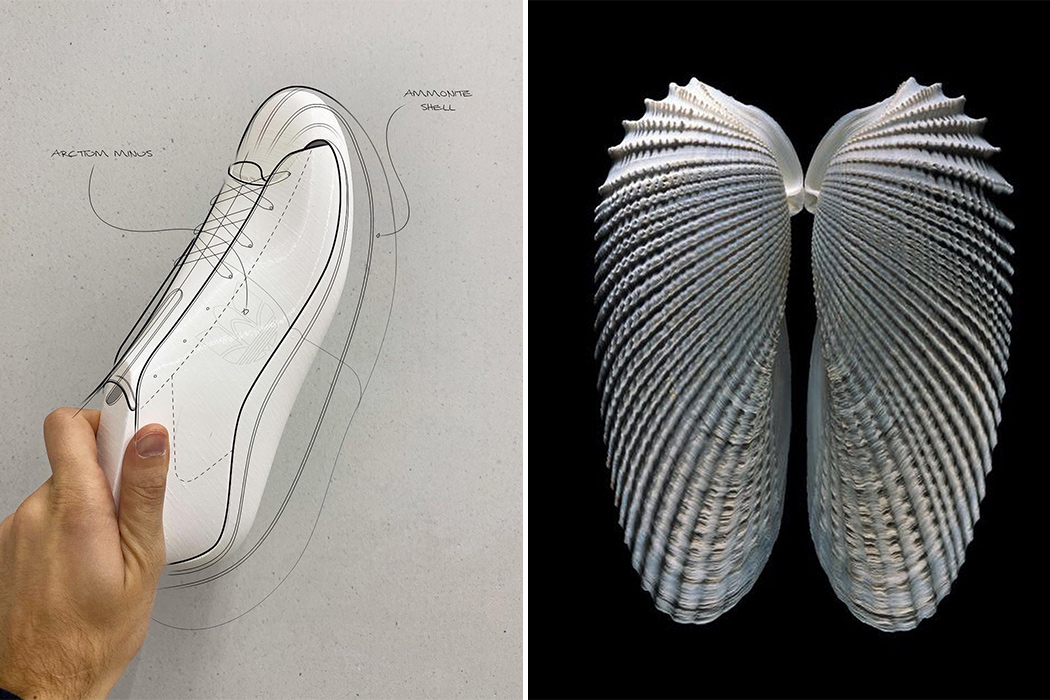
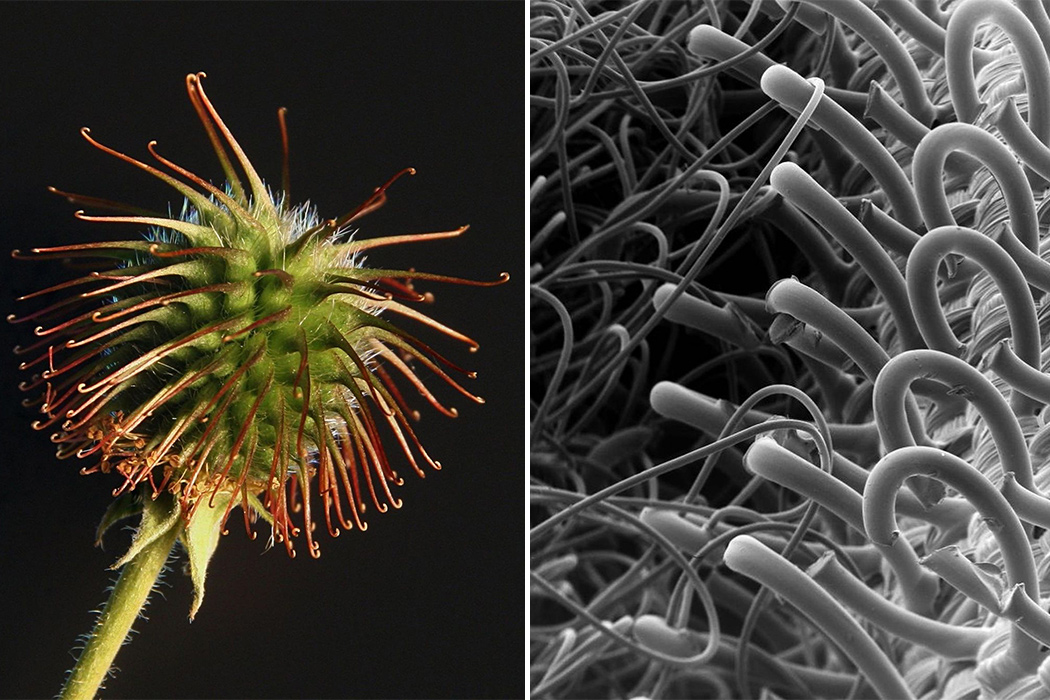
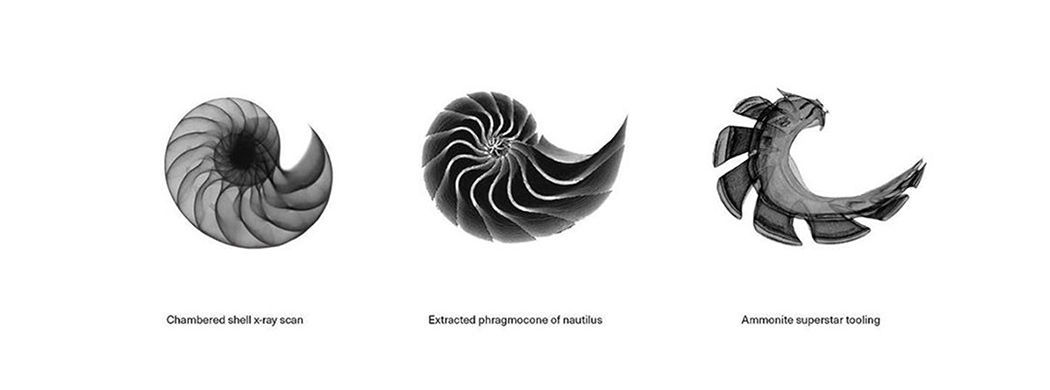
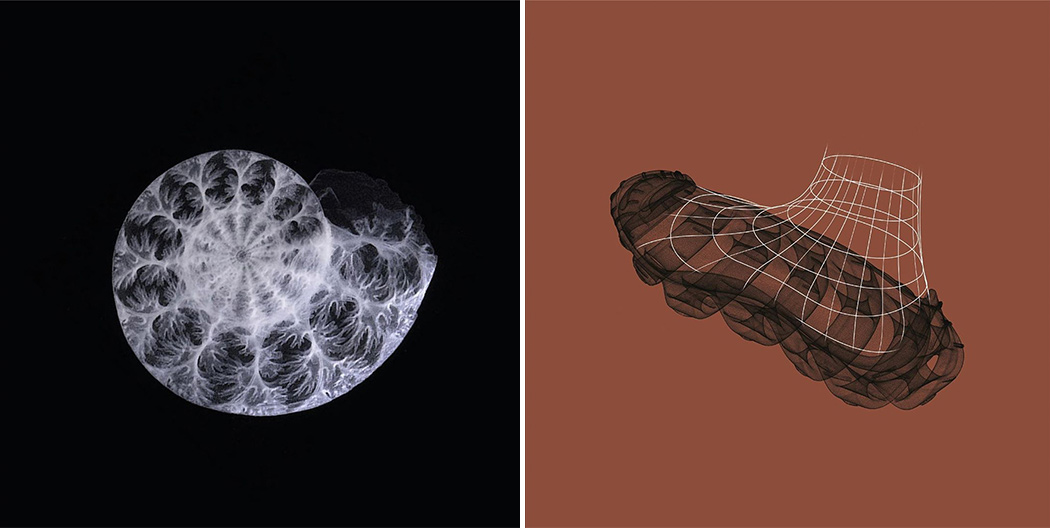
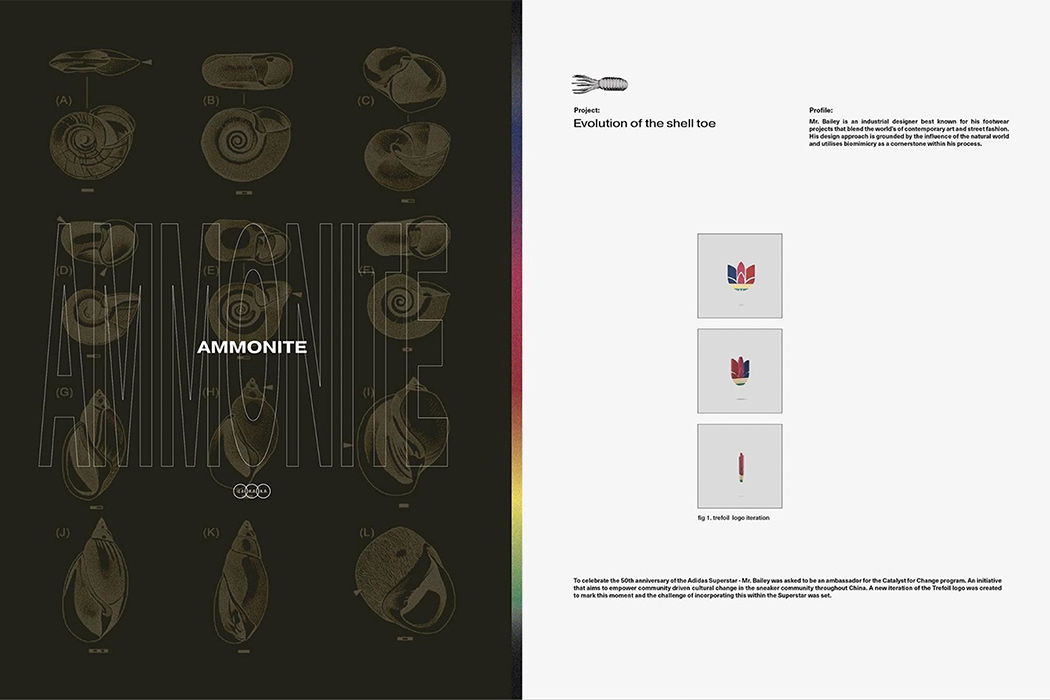
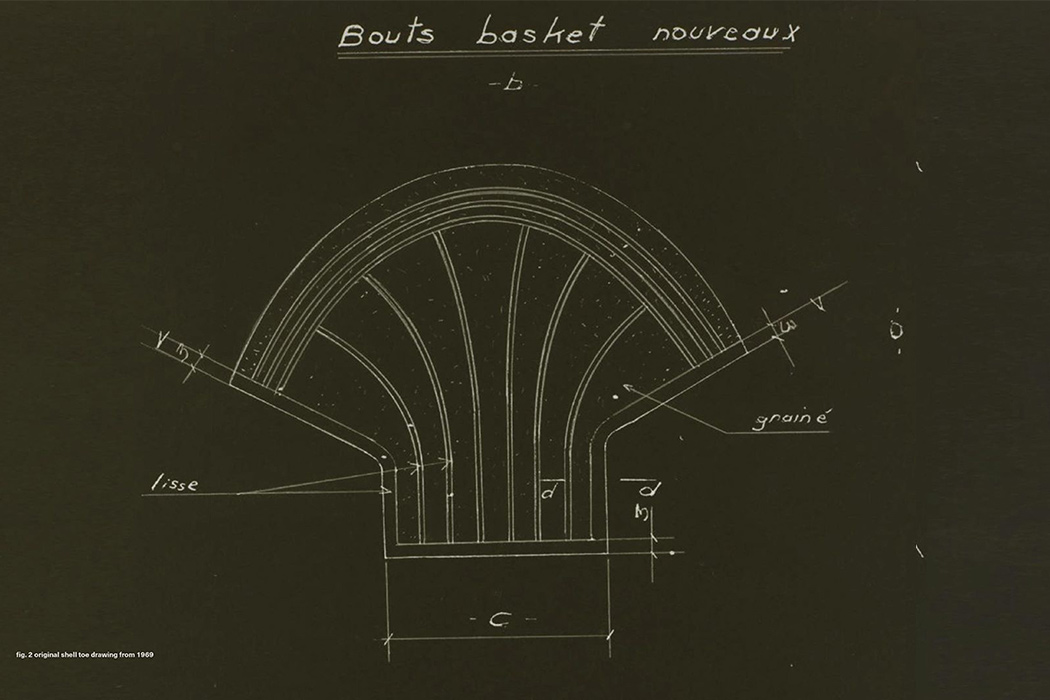
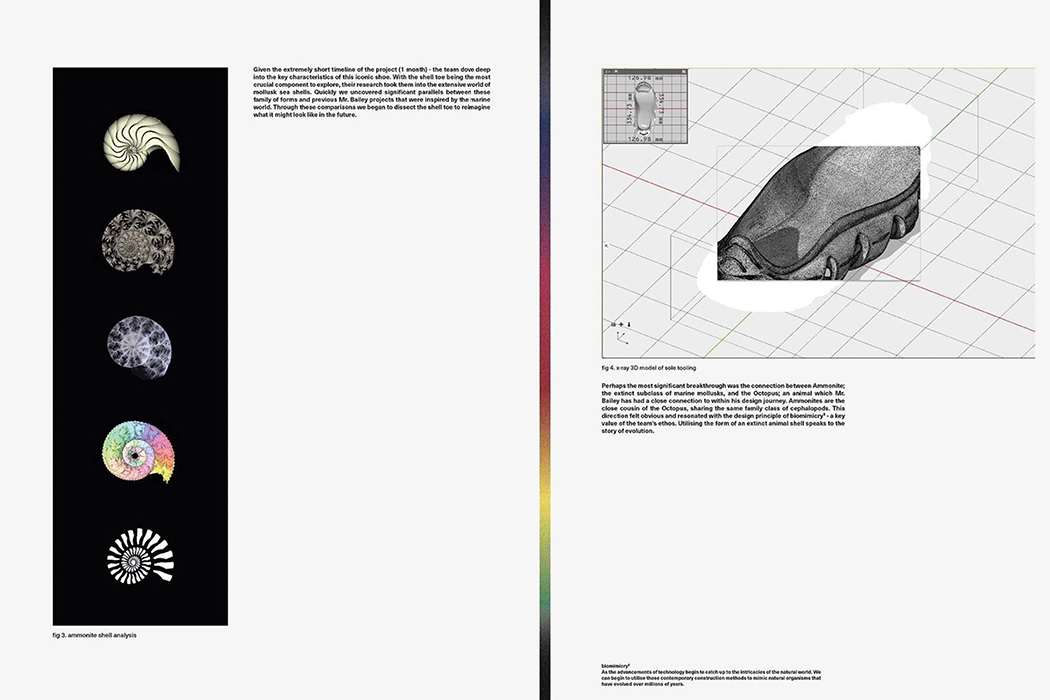
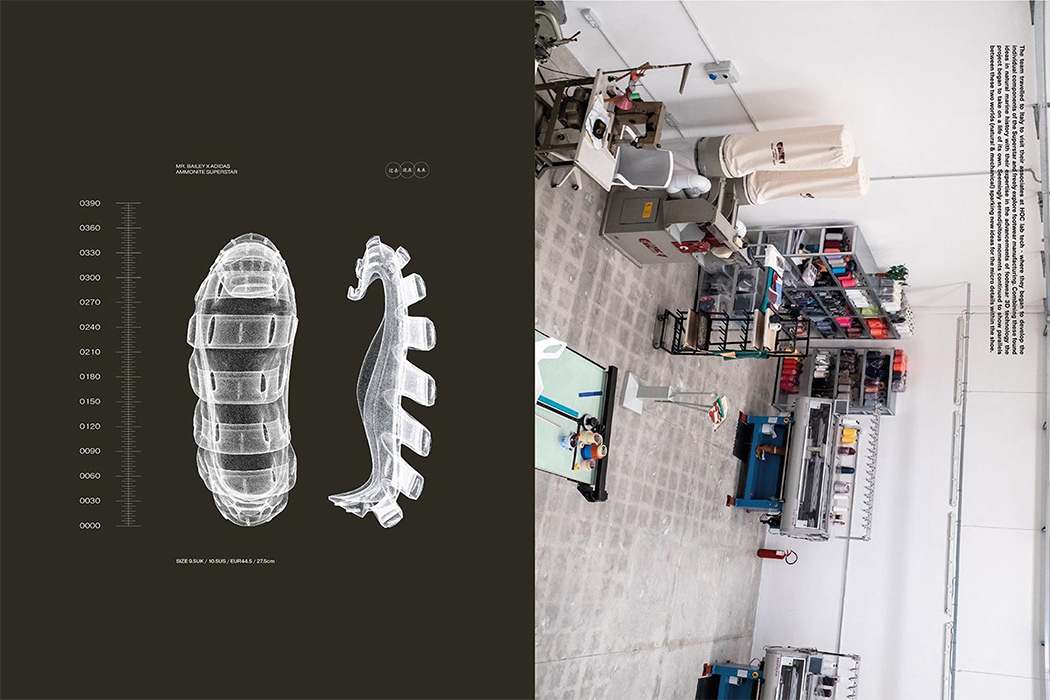
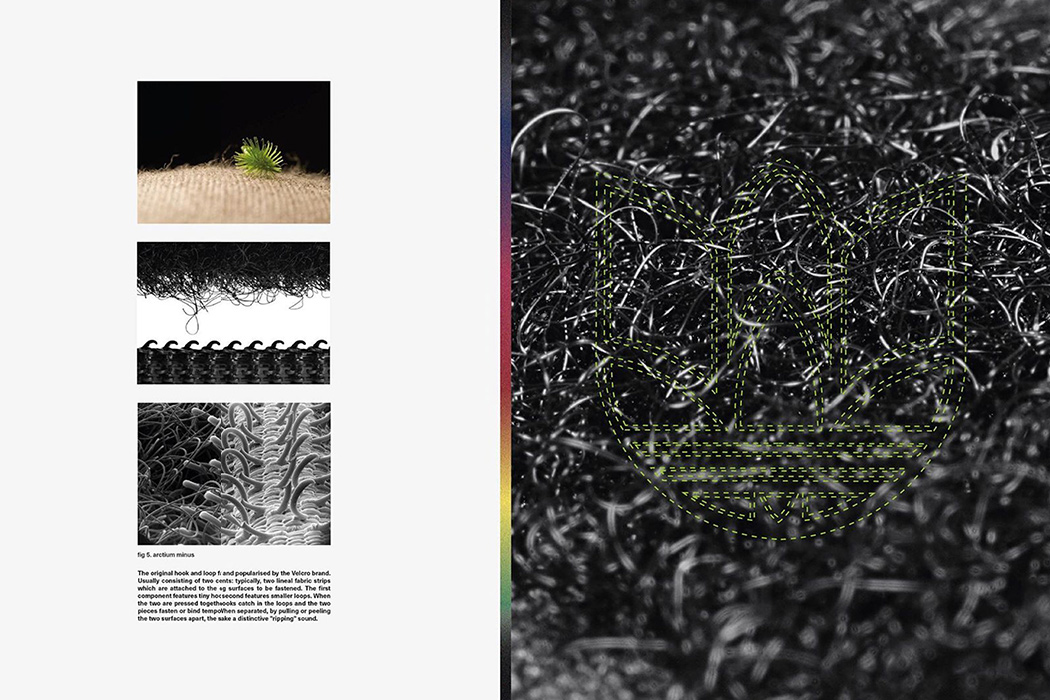
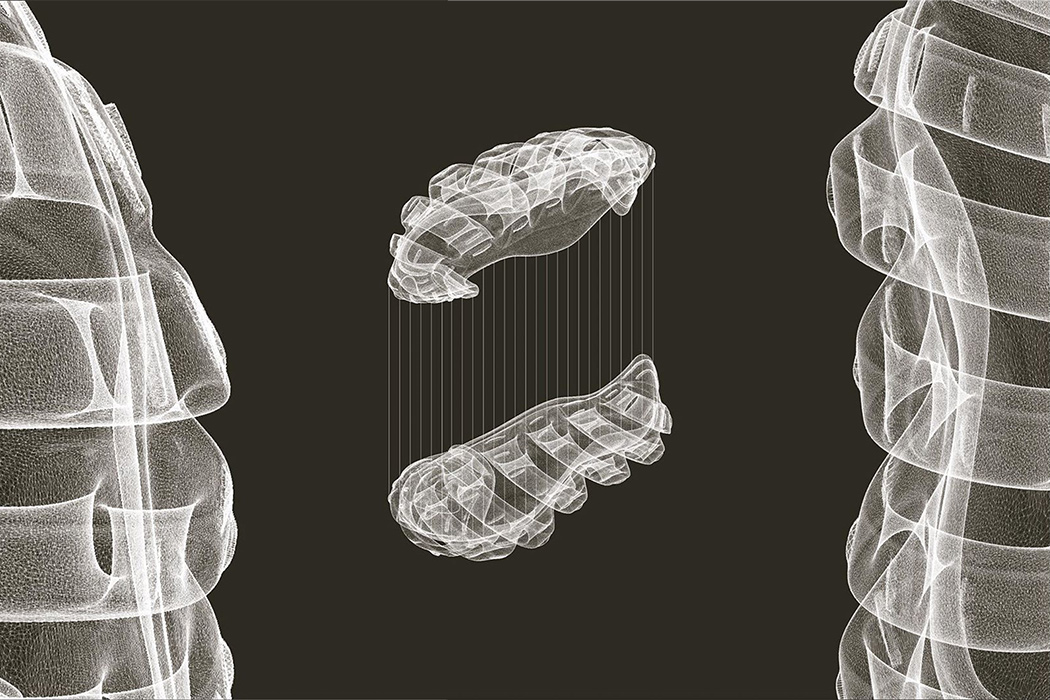
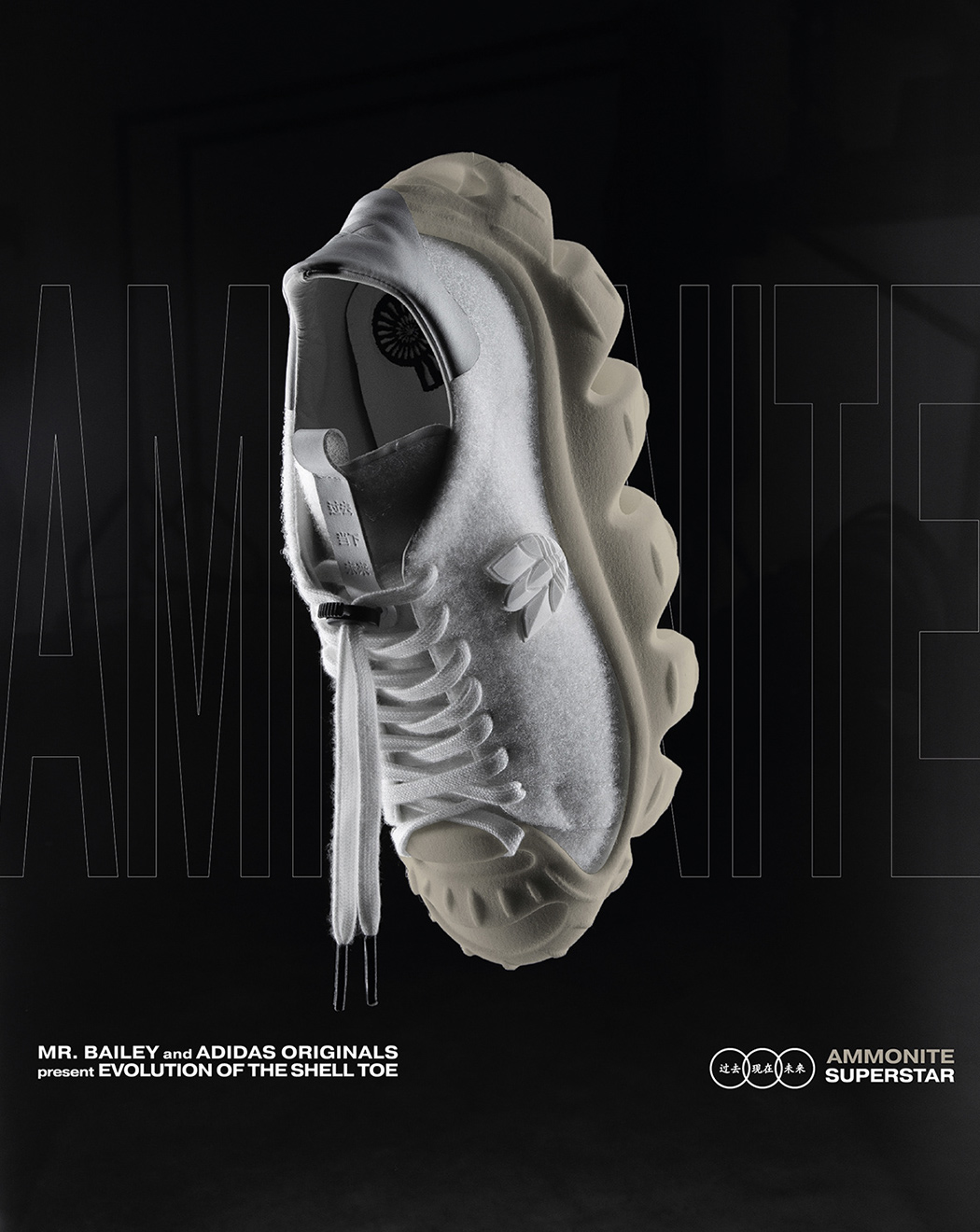
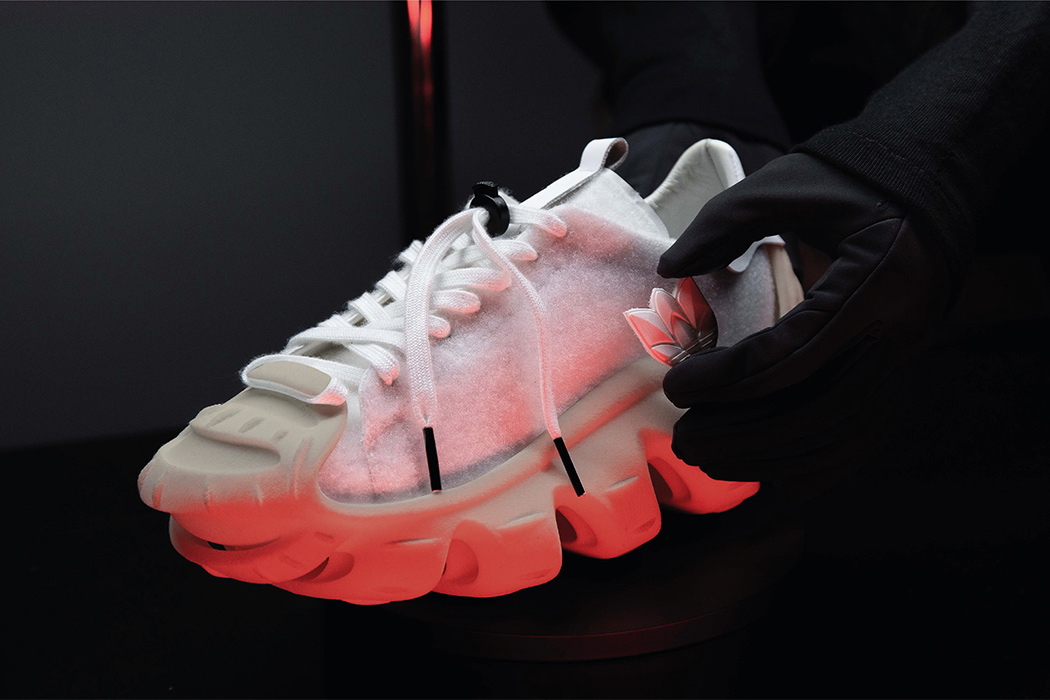
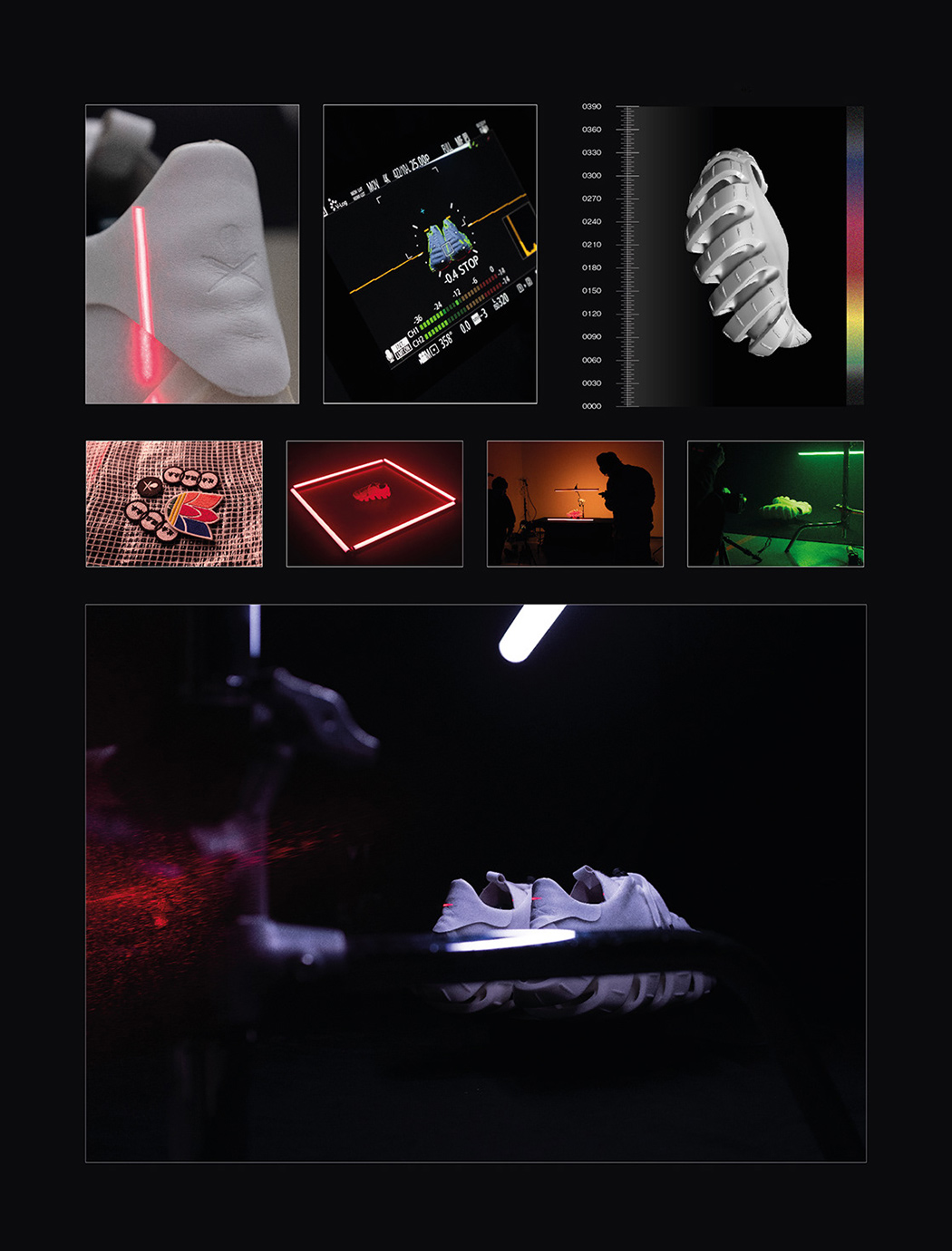
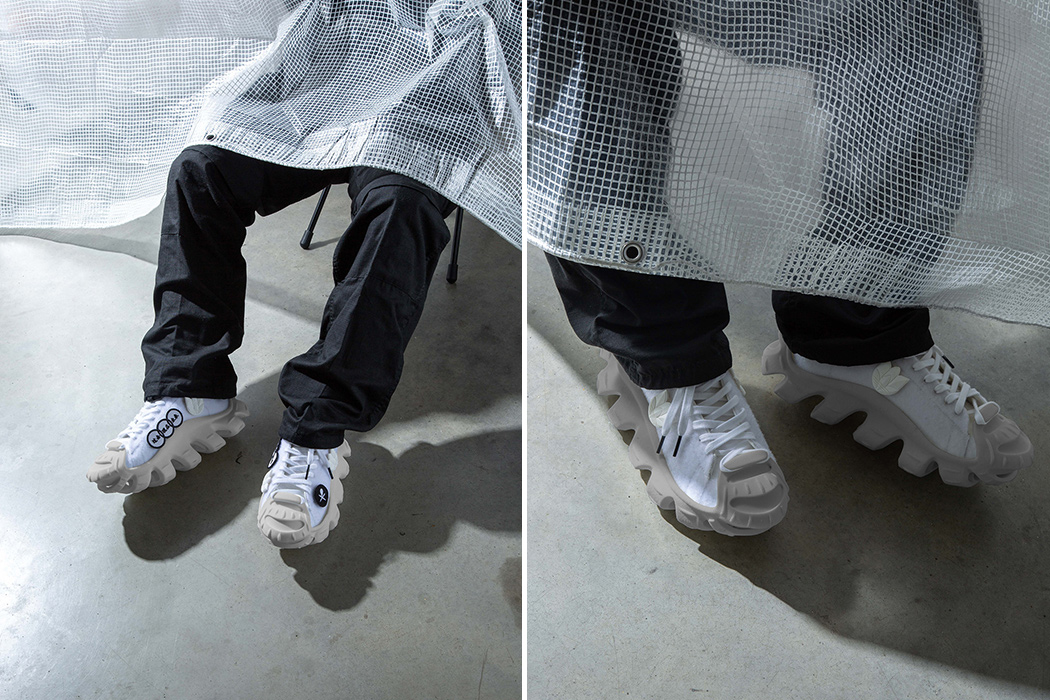
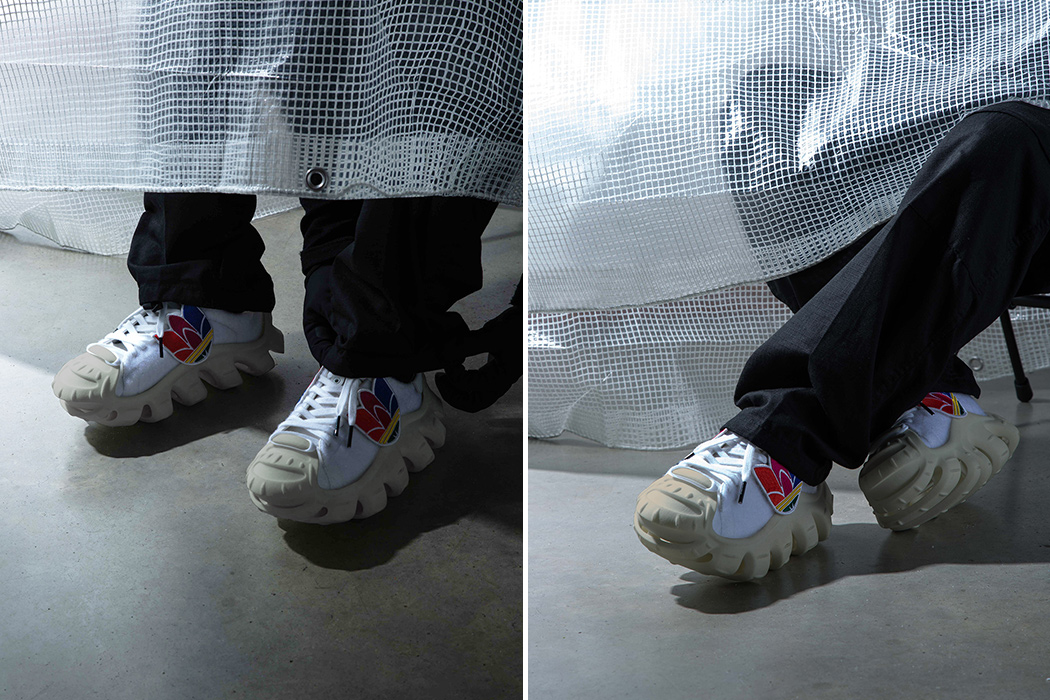
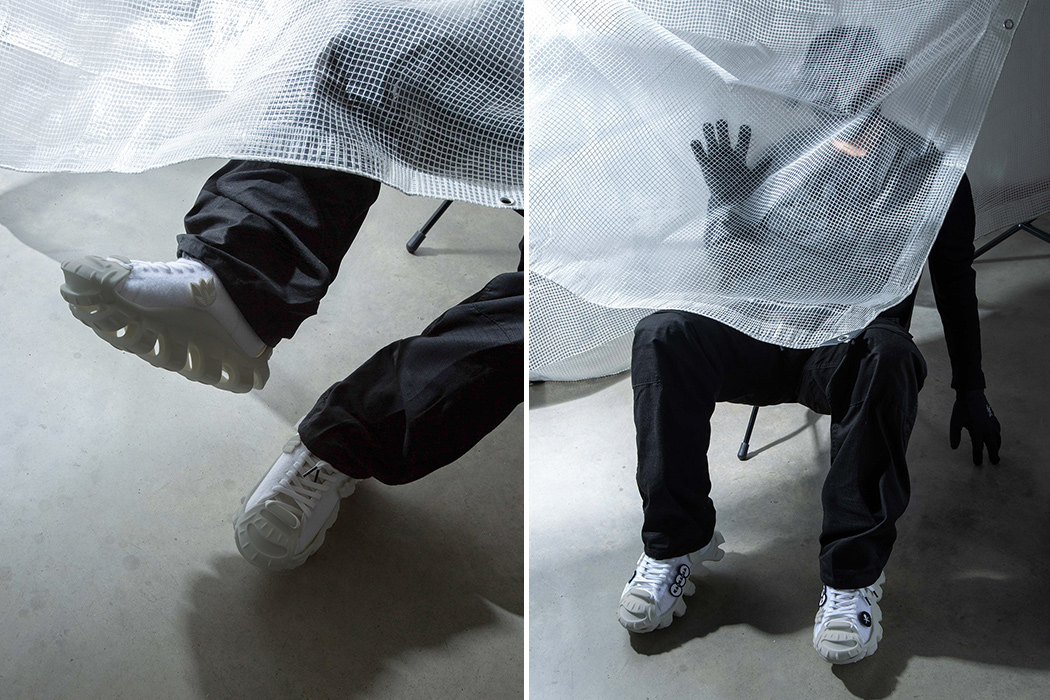
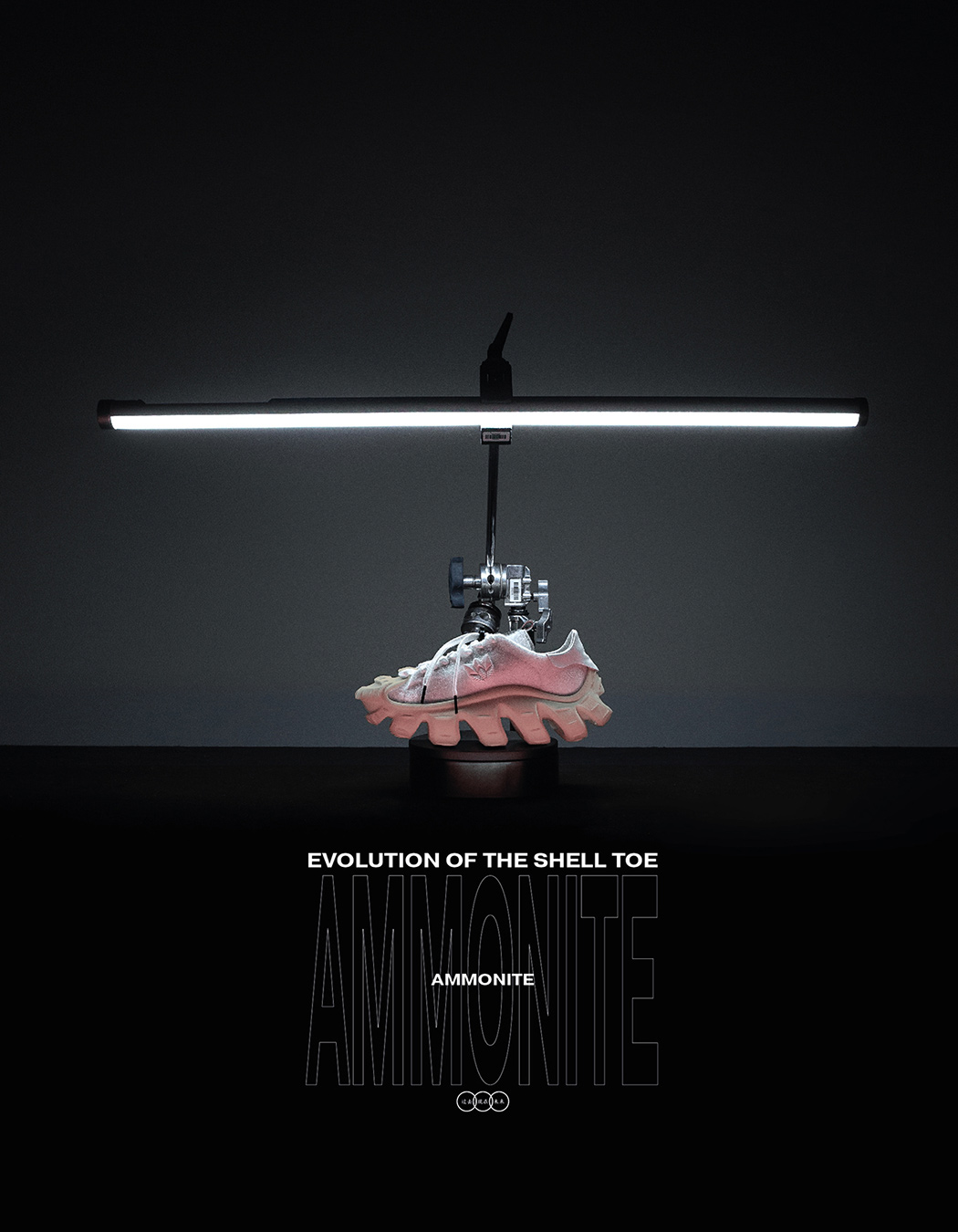
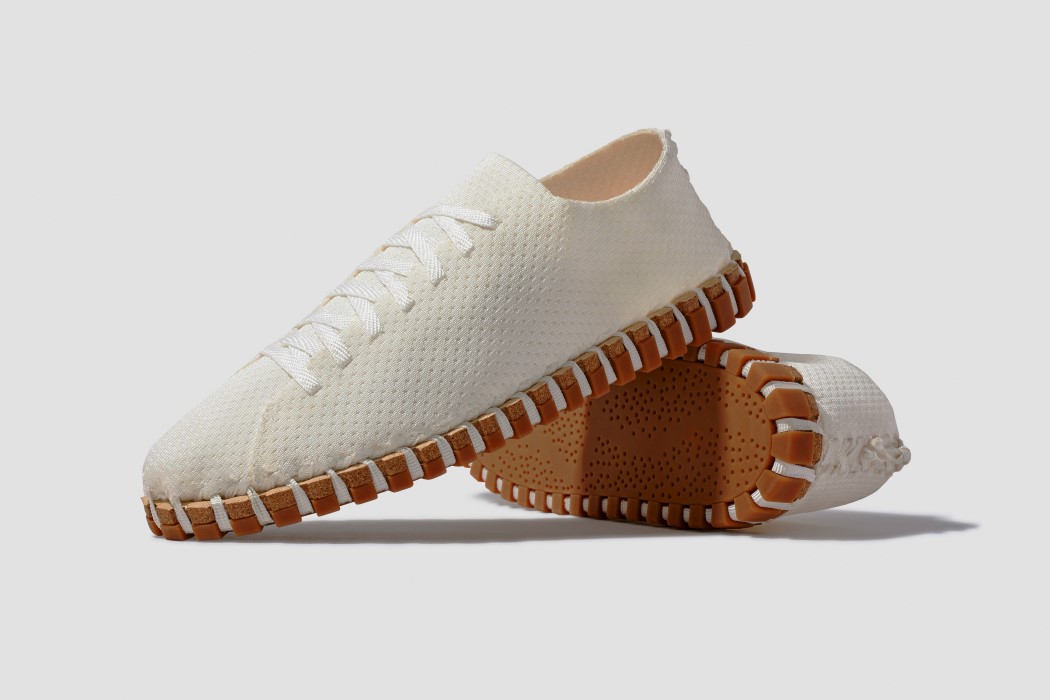
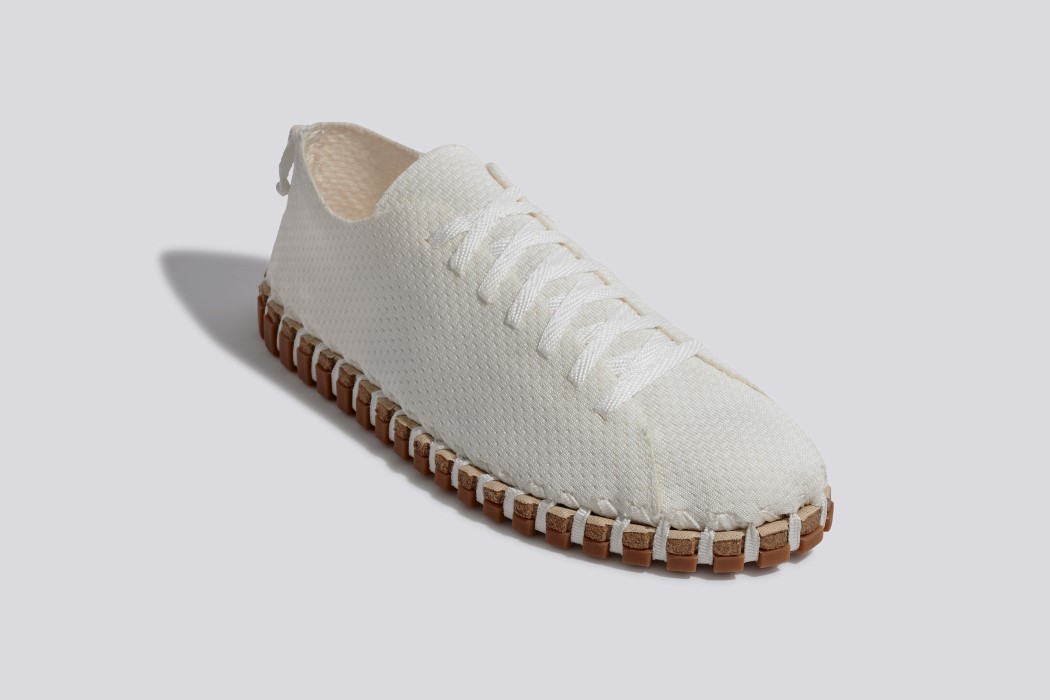
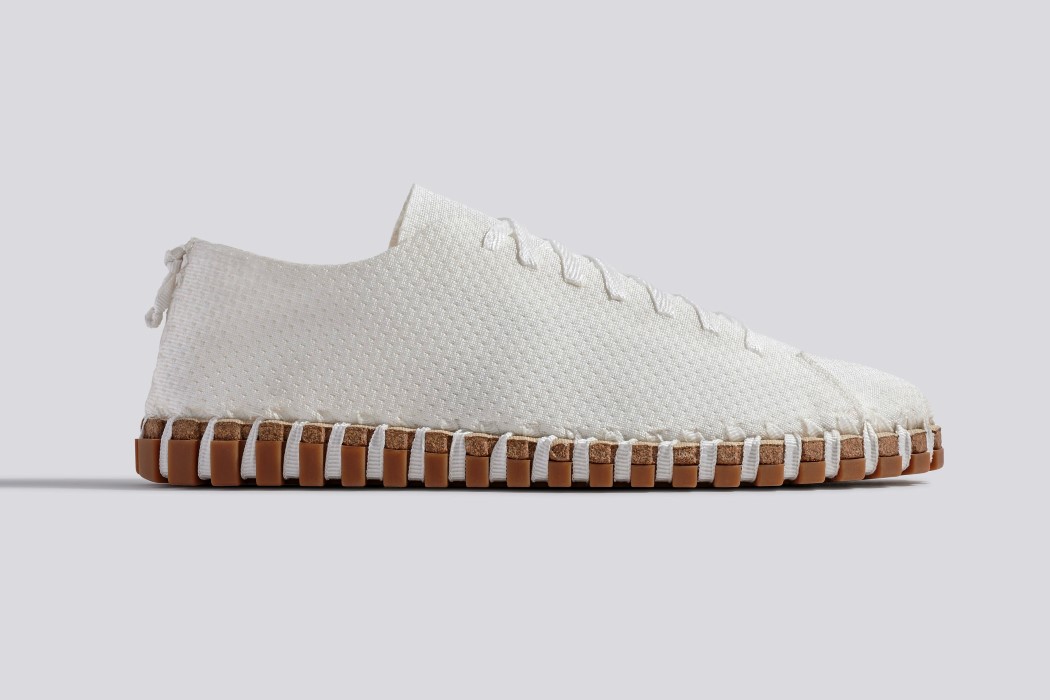
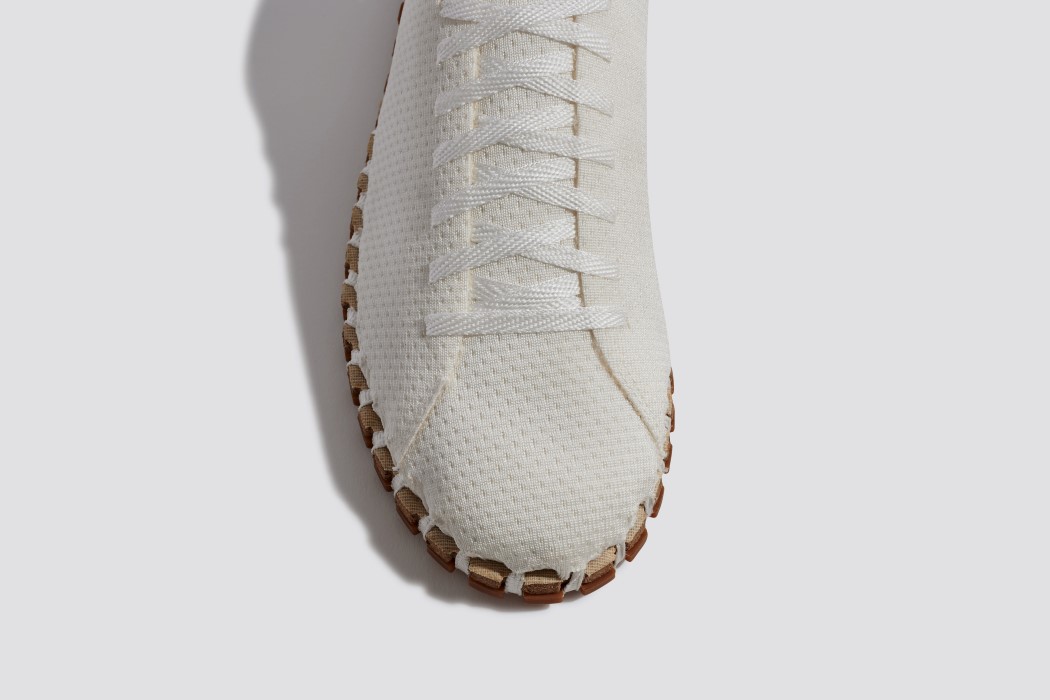
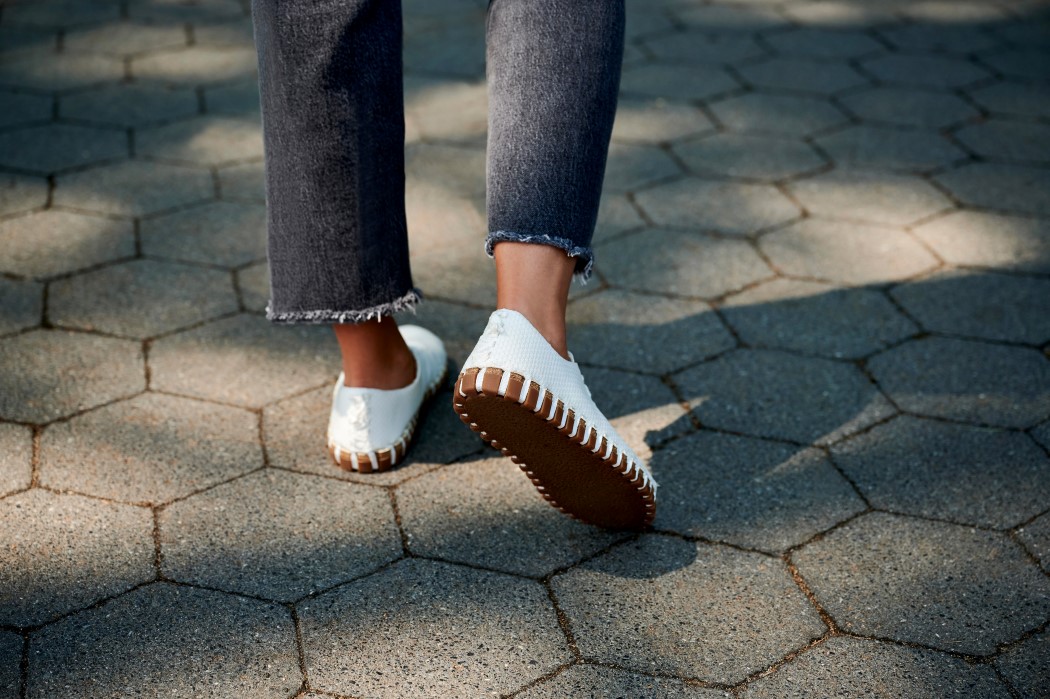
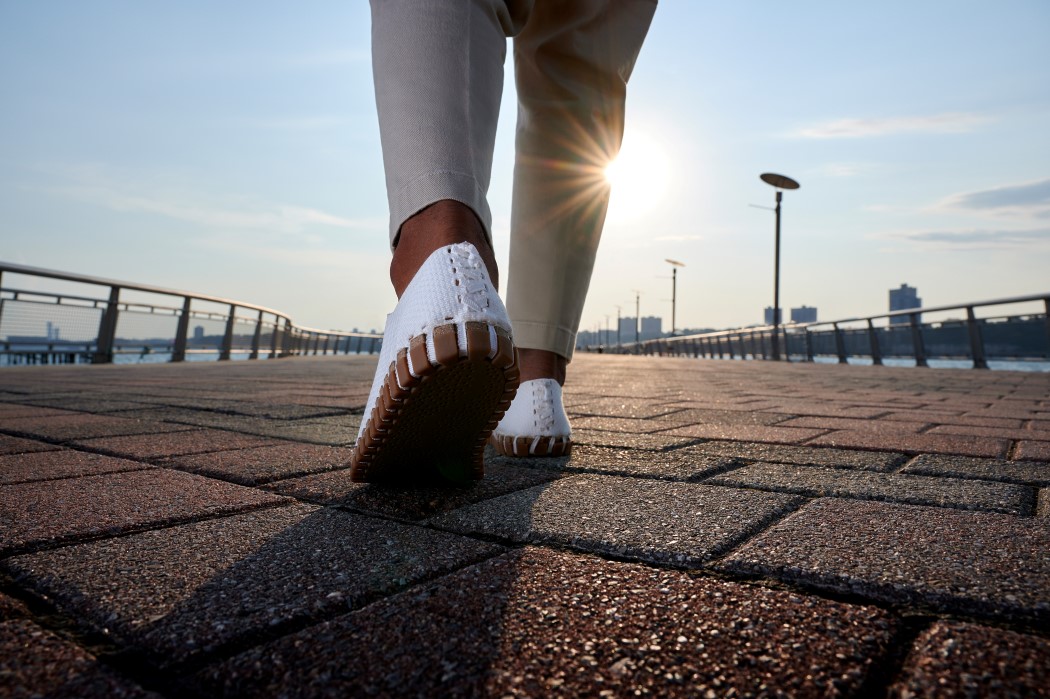
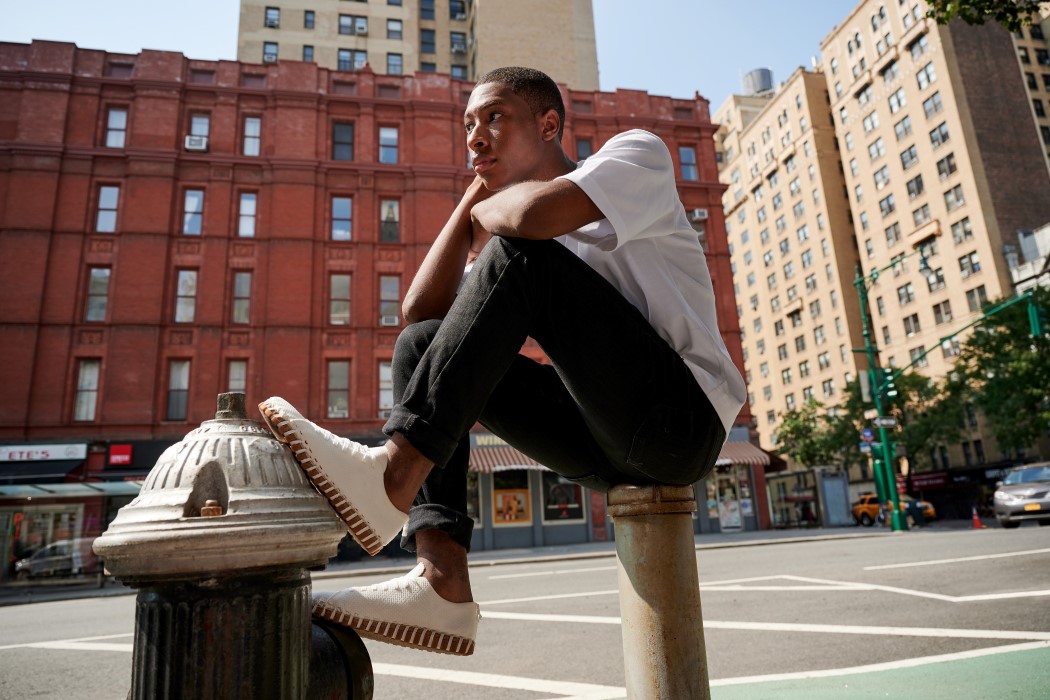

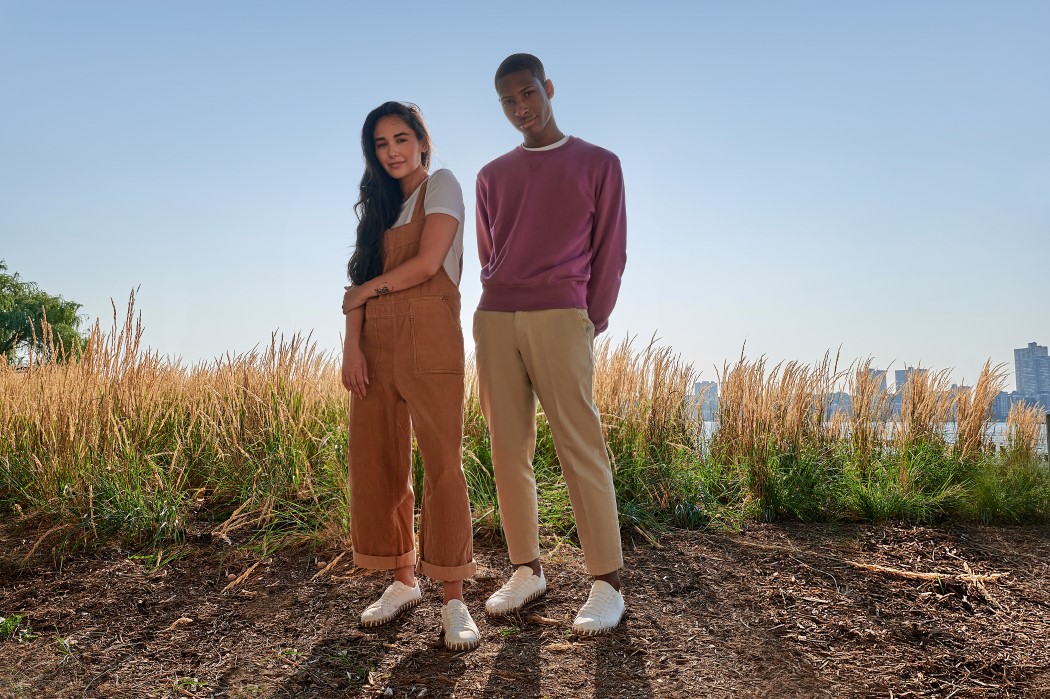
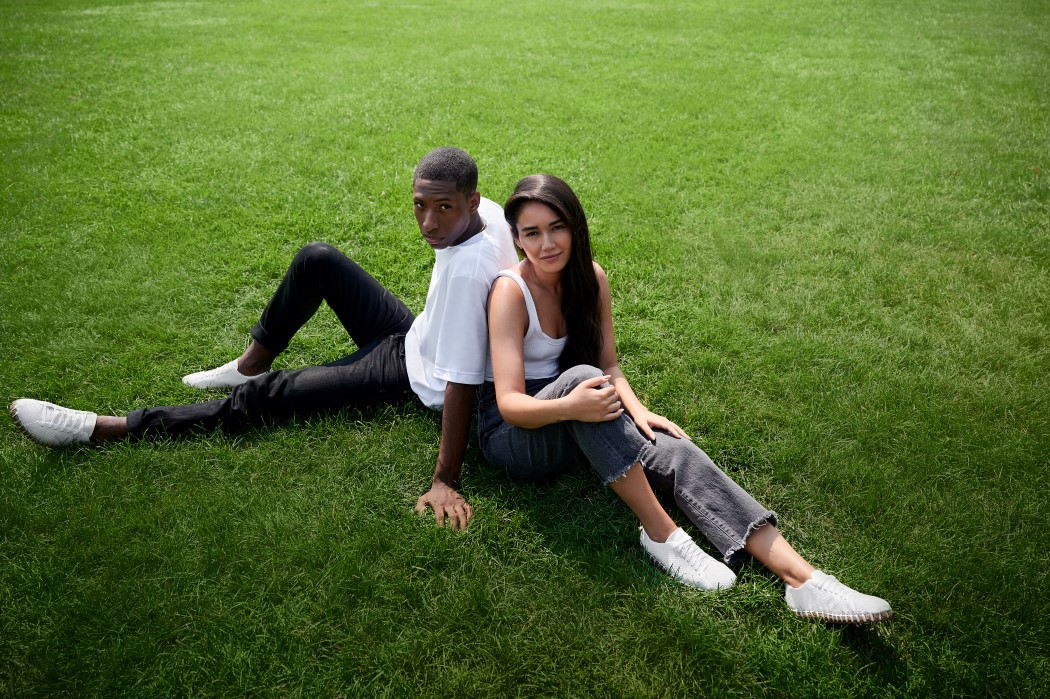































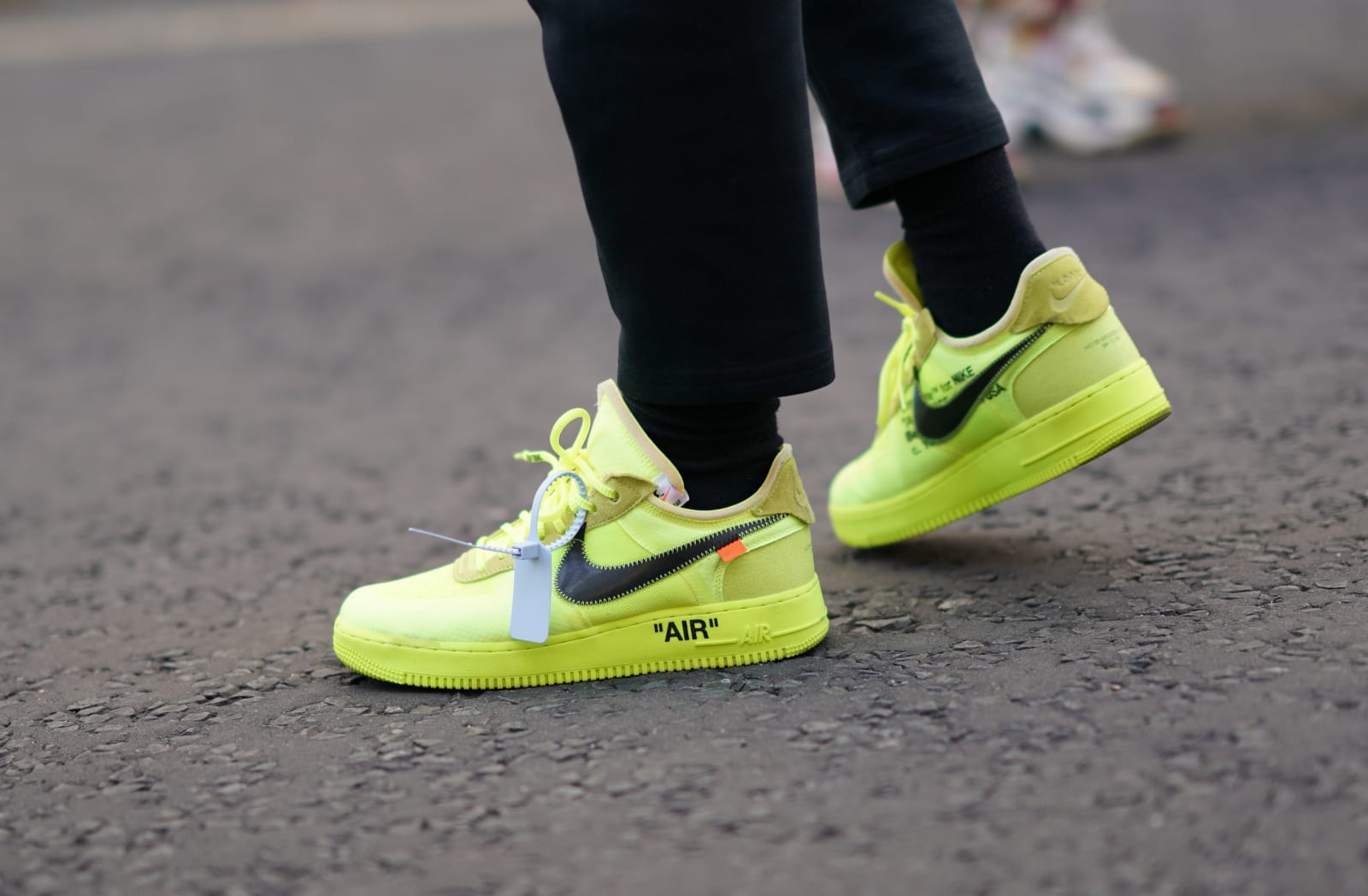 It's hard enough to find gifts for your loved ones during the holidays, but hypebeasts in particular are a picky bunch. They only want the most hyped products and the rarest sneakers, which can be a complicated world to navigate as a shopper if you'r...
It's hard enough to find gifts for your loved ones during the holidays, but hypebeasts in particular are a picky bunch. They only want the most hyped products and the rarest sneakers, which can be a complicated world to navigate as a shopper if you'r...
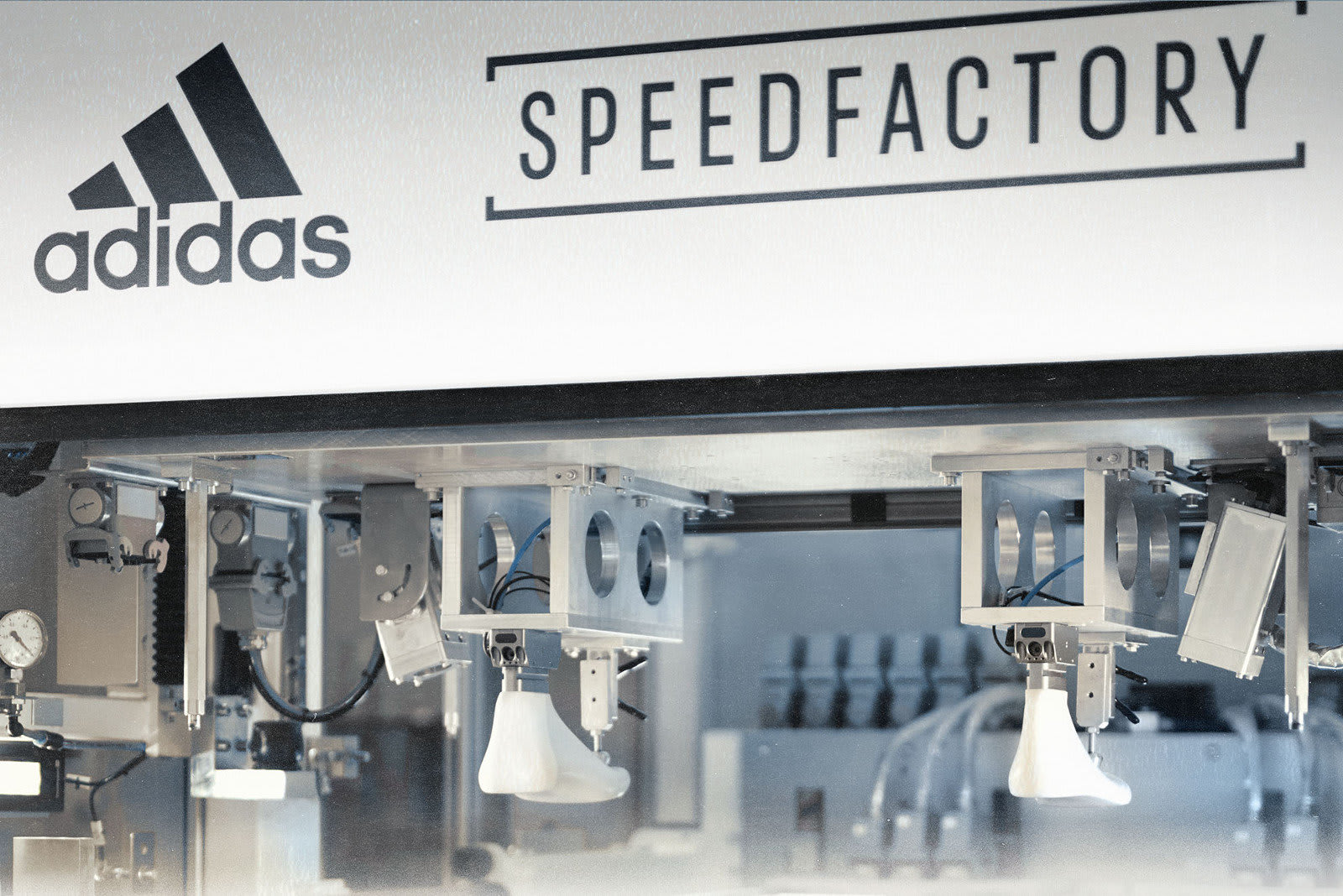 Adidas is abandoning its robot-staffed Speedfactories in Ansbach, Germany, and Atlanta, USA. Both facilities, which are run in partnership with German plastics specialist Oechsler, will be closed "by April 2020 at the latest," the company said in a p...
Adidas is abandoning its robot-staffed Speedfactories in Ansbach, Germany, and Atlanta, USA. Both facilities, which are run in partnership with German plastics specialist Oechsler, will be closed "by April 2020 at the latest," the company said in a p...
 Those of you who are into NBA 2K know that, for years, you've been able to buy sneakers from different brands for your virtual player in the game. But now, thanks to a new partnership between Nike and software publisher 2K Sports, you'll have a chanc...
Those of you who are into NBA 2K know that, for years, you've been able to buy sneakers from different brands for your virtual player in the game. But now, thanks to a new partnership between Nike and software publisher 2K Sports, you'll have a chanc...